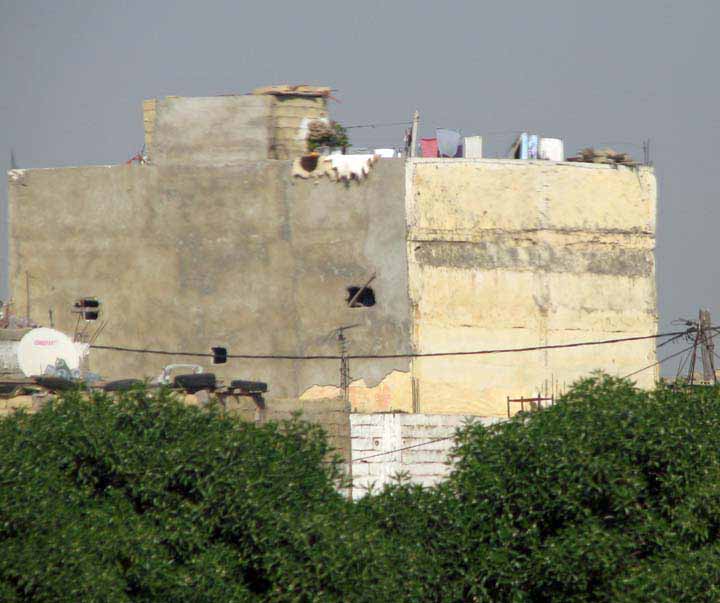 Half completed buildings with wash hanging on the walls.
Half completed buildings with wash hanging on the walls.Rabat
Rabat (Arabic "Fortified Place"), is the capital and third
largest city of the Kingdom of Morocco with a population of approximately
650,000 (2010). It is also the capital of the Rabat-Sale-Zemmour-Zaer region.
The city is located on the Atlantic Ocean at the mouth of the river Bou
Regreg. On the facing shore of the river lies Together with Temara the cities
account for a combined metropolitan population of 1.8 million. Silting problems
have diminished the Rabat's role as a port; however, Rabat and Salé still
maintain important Textile, food processing and construction industries. In
addition, tourism and the presence of all foreign embassies in Morocco serve to
make Rabat one of the most important cities in the country. Controversy
surrounds sweatshop labor by major multinational corporations in the area
~ ~ ~ ~ ~ ~ ~ ~ ~ ~ ~ ~ ~ ~ ~ ~ ~ ~ ~ ~ ~ ~ ~ ~ ~ ~ ~ ~ ~ ~ ~ ~ ~ ~ ~ ~ ~ ~
As we start down the road from Casablanca to Rabat, we pass some of the poorer areas outside the main cities, even a shanty town. This did give me a false impression of Morocco on the whole, as these scenes were not repeated.
 Half completed buildings with wash hanging on the walls.
Half completed buildings with wash hanging on the walls.
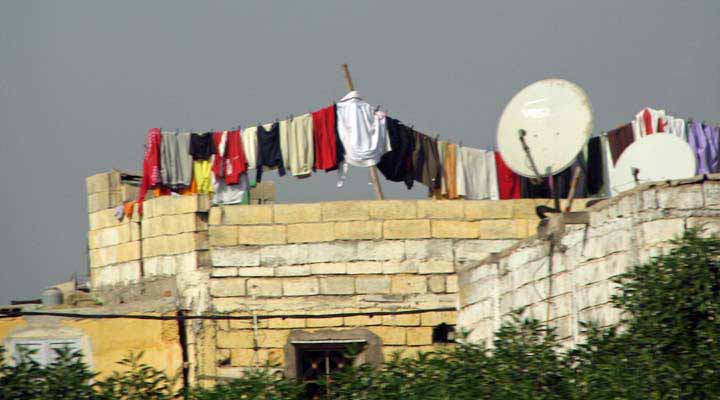 Not much to show - but a dish!
Not much to show - but a dish!
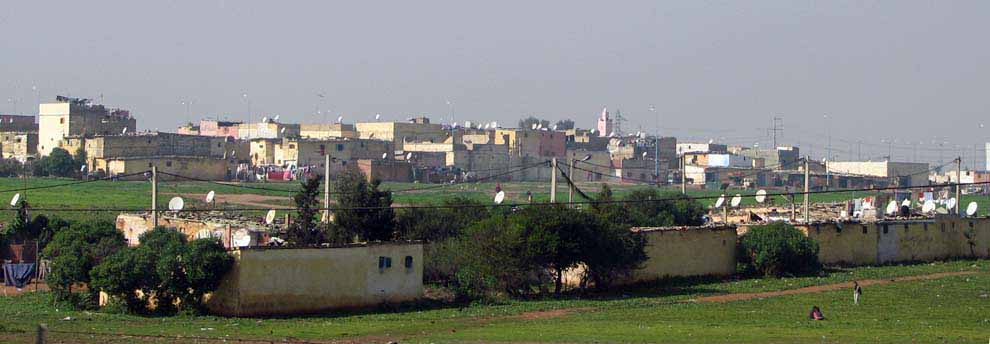
A very poor area separated from the city proper.
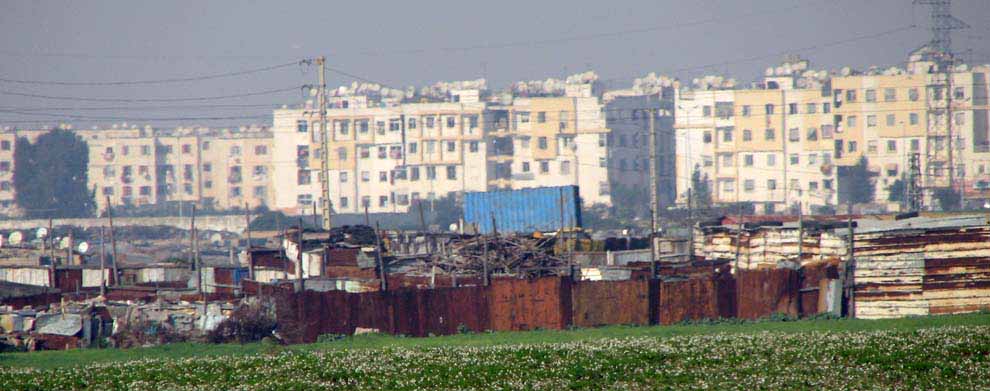
The only shantytown seen the entire trip, Not a good impression the first day! This picture does not provide an impression of the enormous size of the shantytown. I'd guess it was at least a couple miles long and 1/2 mile or so deep.
Now we approach the medina of Rabat
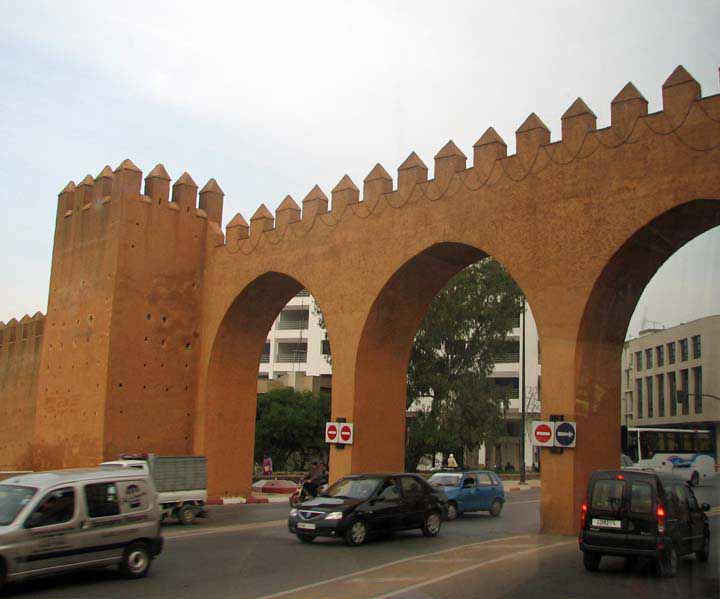
Our first real tourist stop is the Tower of Hassan
Hassan Tower - A World Heritage site
Hassan Tower or Tour Hassan is the minaret of an incomplete
mosque in Rabat, Morocco. Begun in 1195, the tower was intended to be the
largest minaret in the world along with the mosque, also intended to be the
world's largest. In 1199, Sultan Yacoub al-Mansour died and construction on the
mosque stopped. The tower only reached 140 feet, about half of its intended
86 m (260 ft) height. The rest of the mosque was also left incomplete,
with only the beginnings of several walls and 200 columns being constructed. The
tower, made of red sandstone, along with the remains of the mosque and the
modern Mausoleum of Mohammed V, forms an important historical and tourist
complex in Rabat.
Instead of stairs, the tower is ascended by ramps. The minaret's ramps would have allowed the muezzin to ride a horse to the top of the tower to issue the call to prayer.
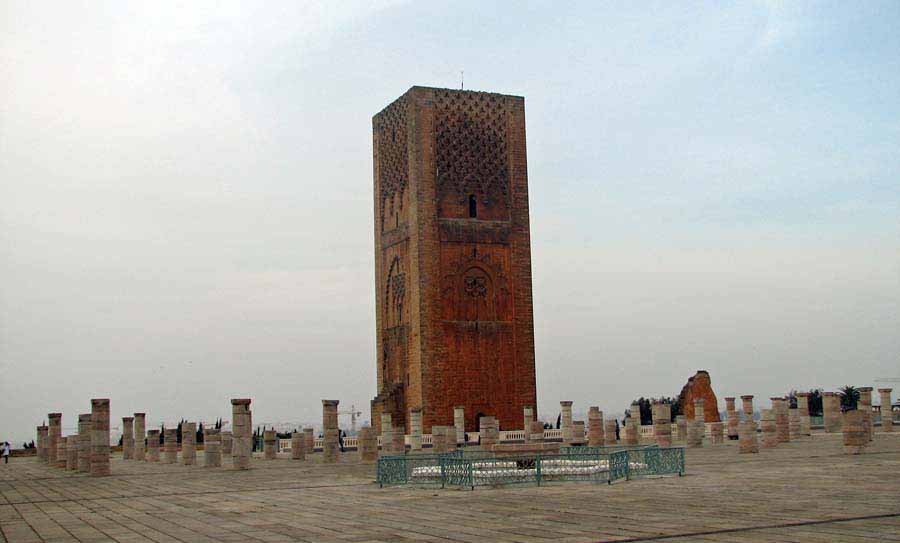
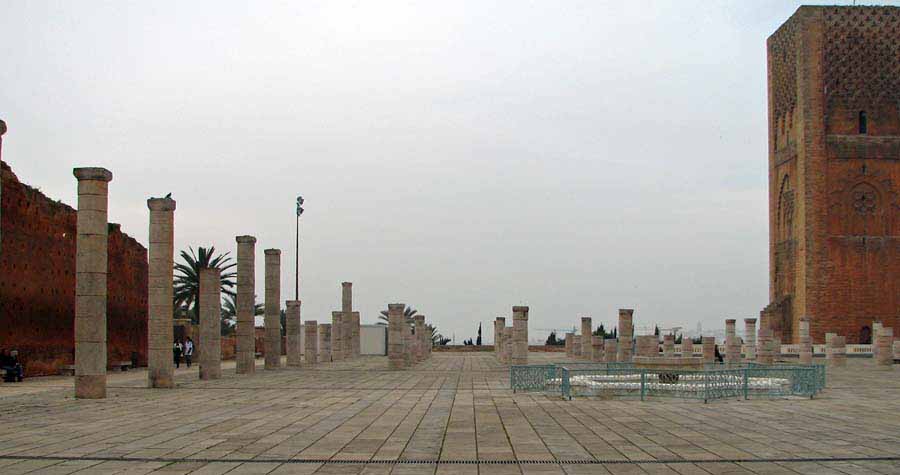
The mausoleum containing the remains of King Mohammed V and King Hassan II
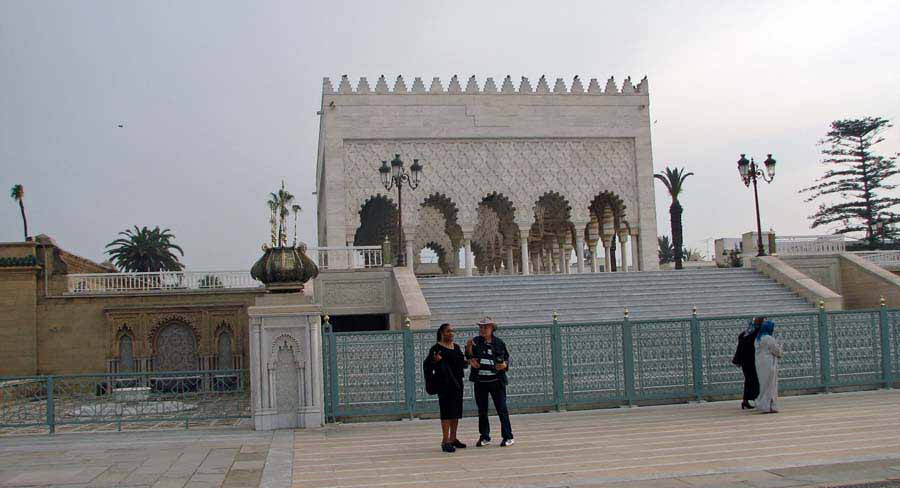
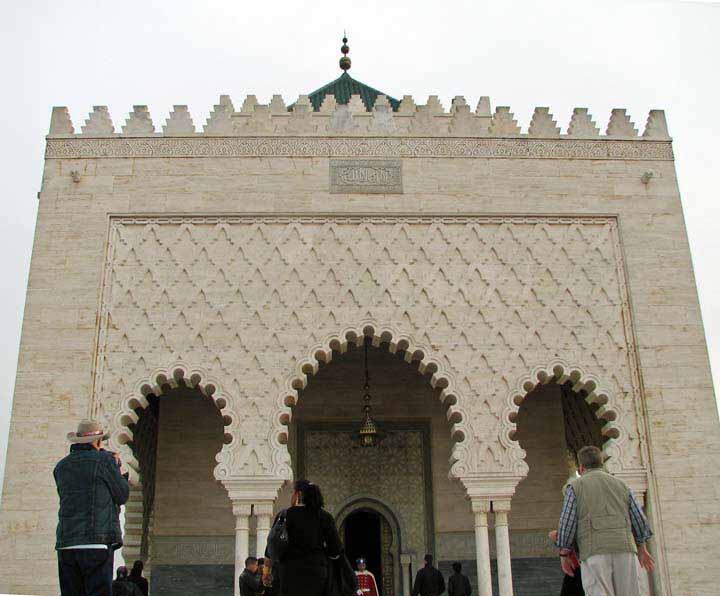
Fountains at the mausoleum
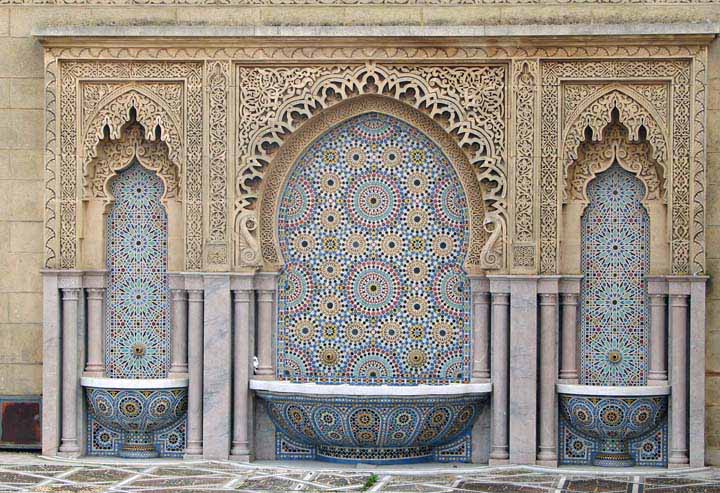
AND GUESS WHO RAN OUT OF BATTERY POWER AT OUR FIRST STOP??
Our next stop was the Rabat casbah

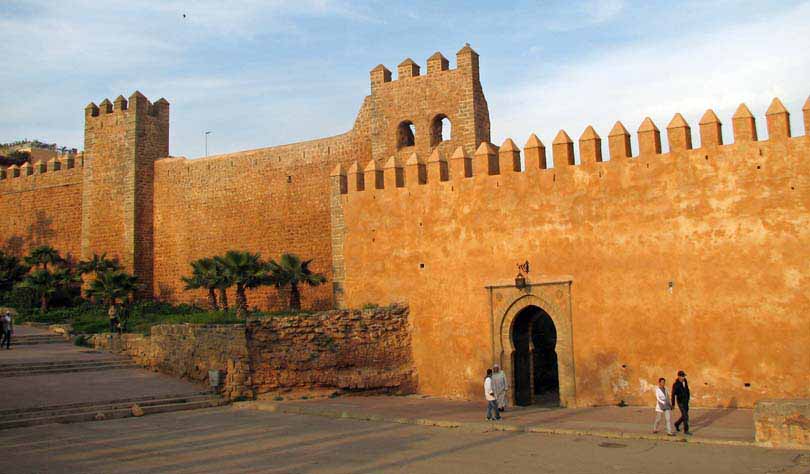
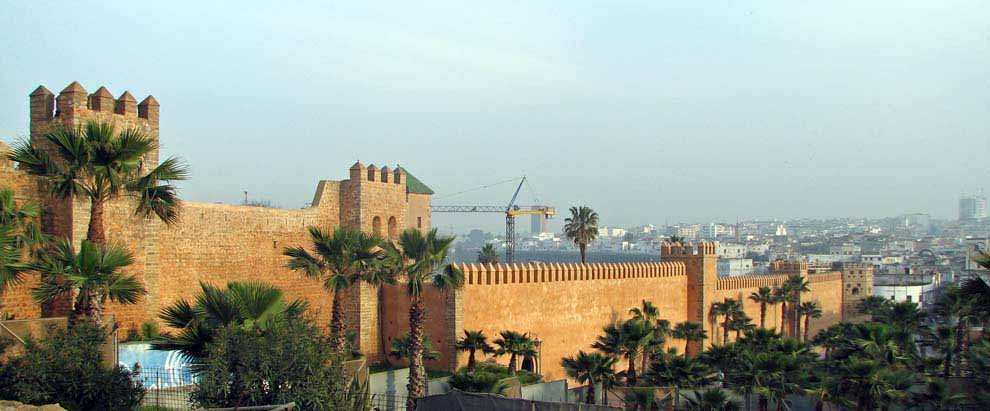
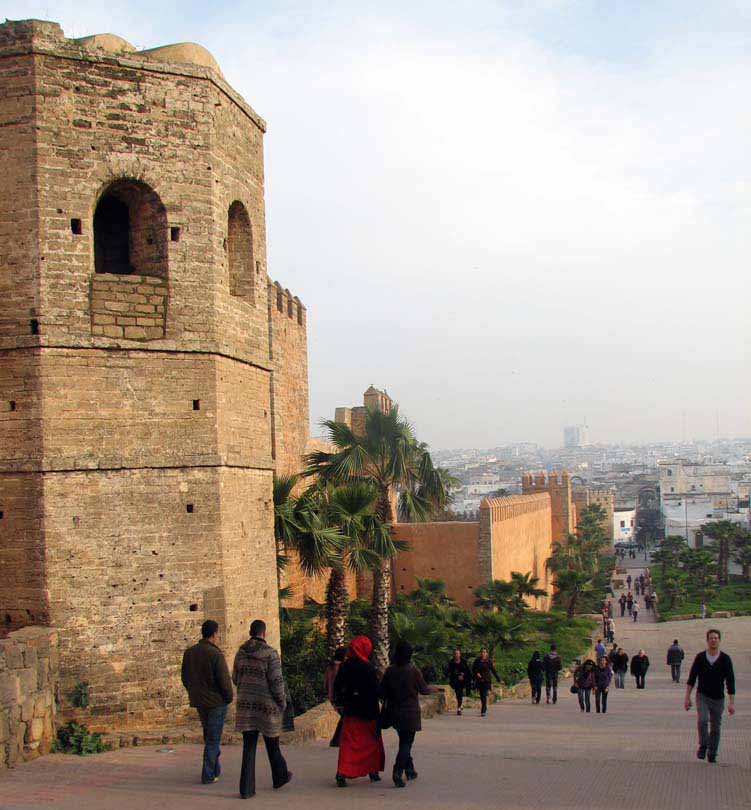
One on several gates in the casbah
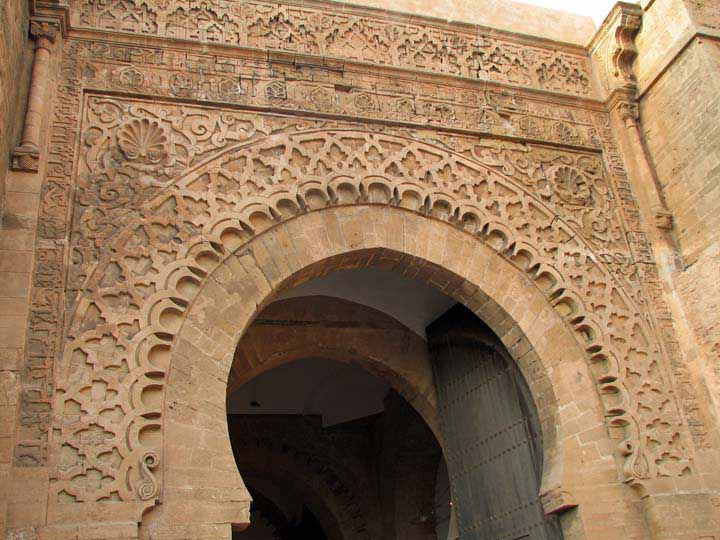
All beautifully carved and decorated.
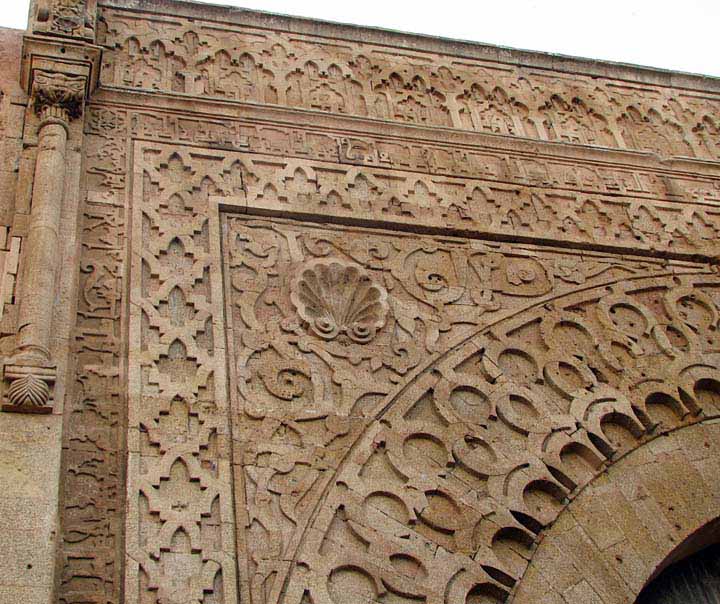
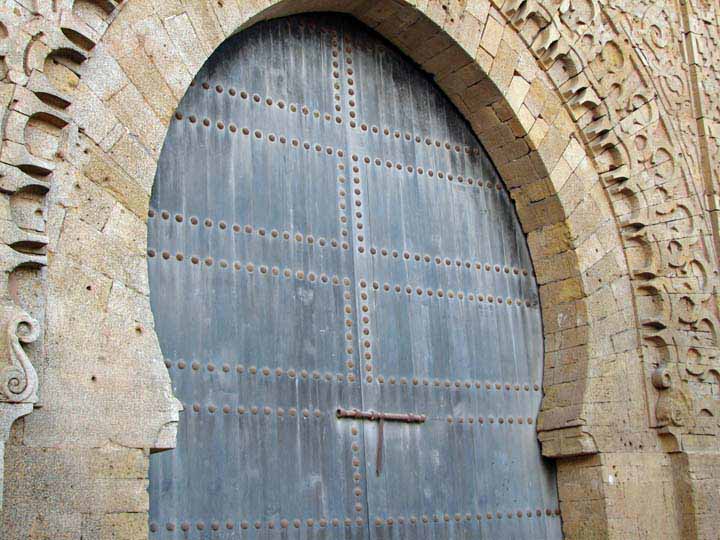 Impressive protection to the old city of Rabat
Impressive protection to the old city of Rabat
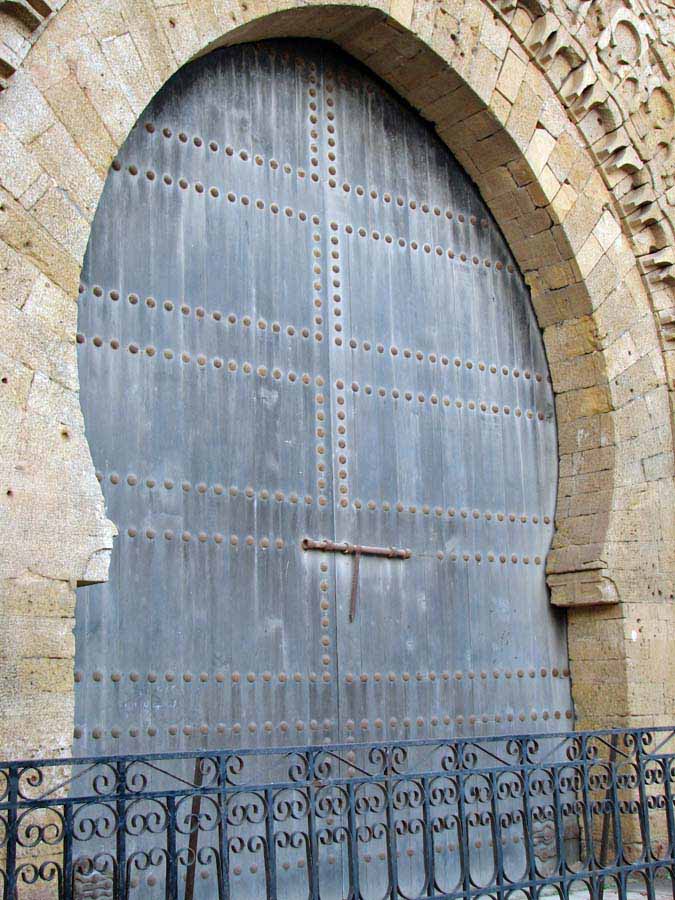
Some doors leads to modern shops
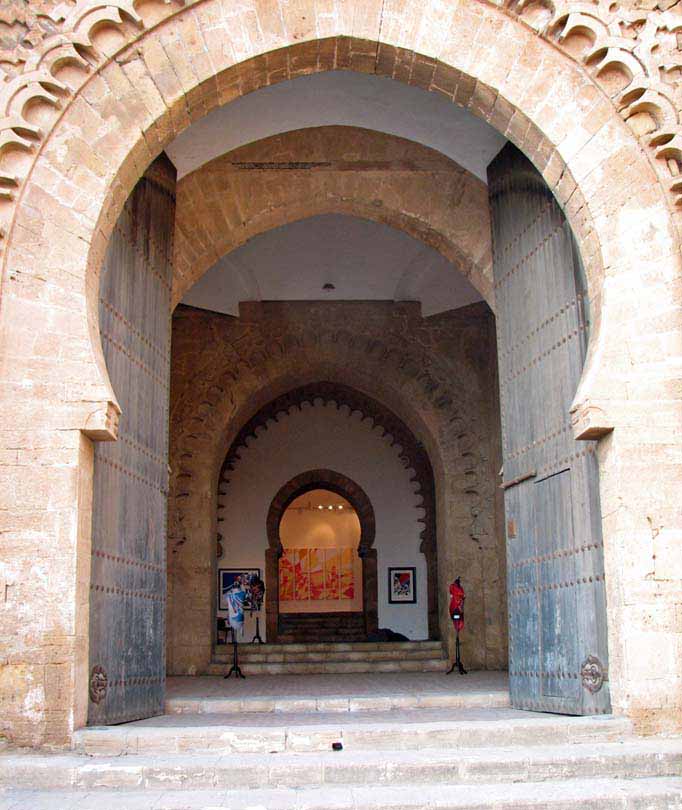
After entering, we get caught up on crowded medina streets and vendors
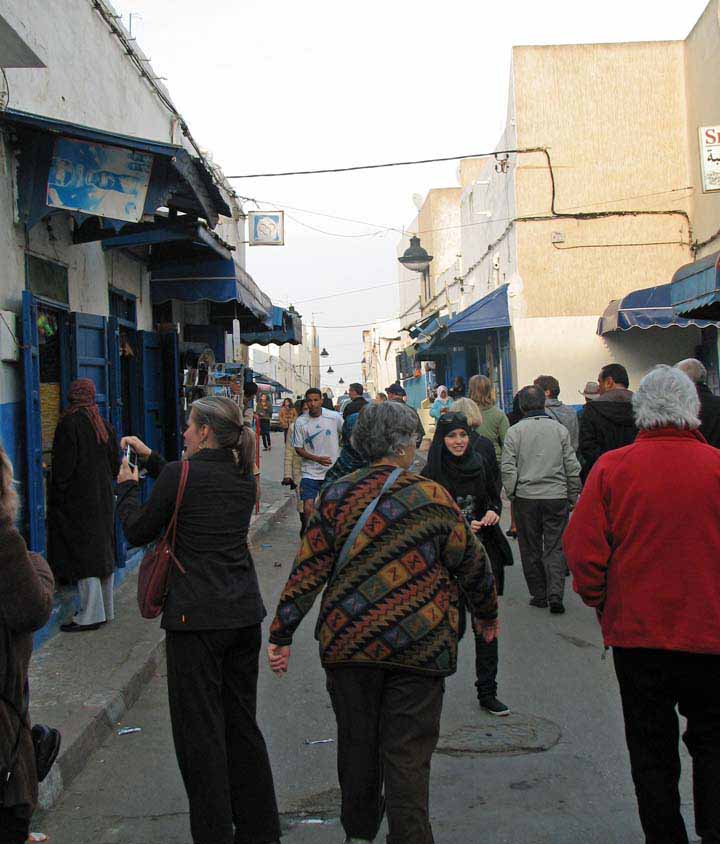
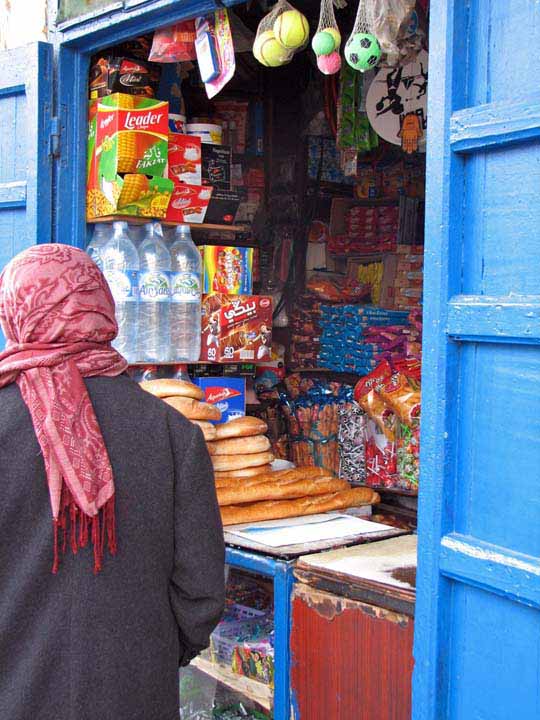
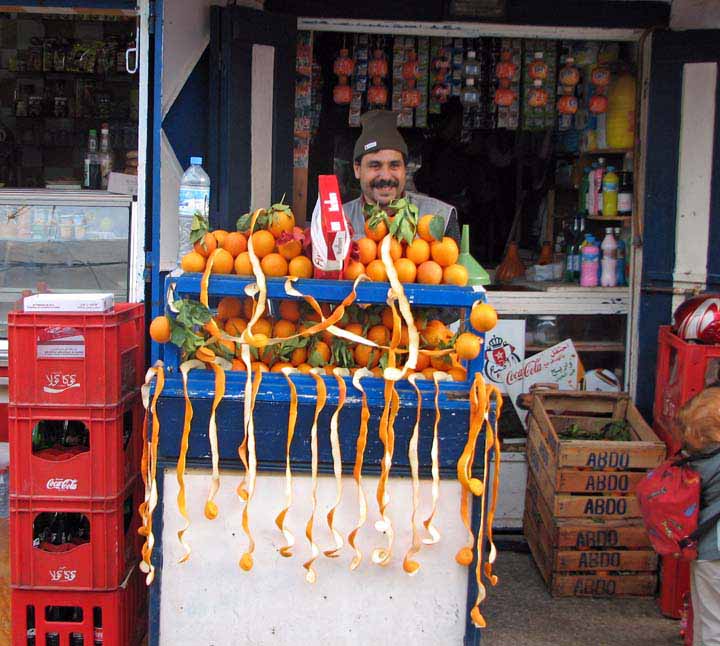
And we enter a bewildering set of side streets - seemingly going an every direction.
The narrow walkway has beautiful homes on either side, with a most interesting set of doors.
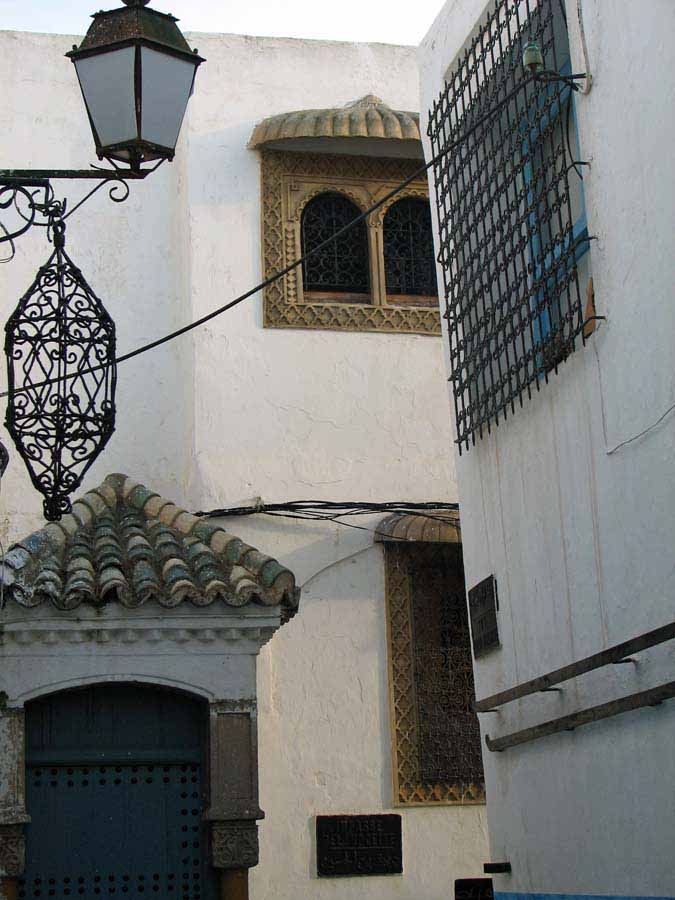
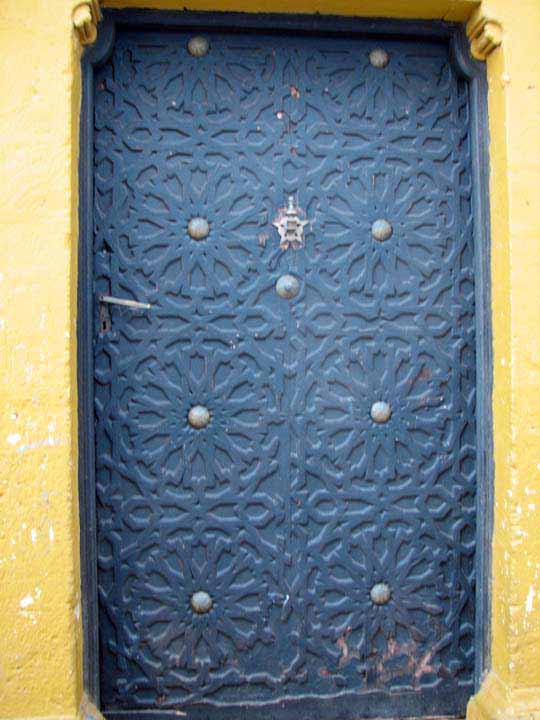
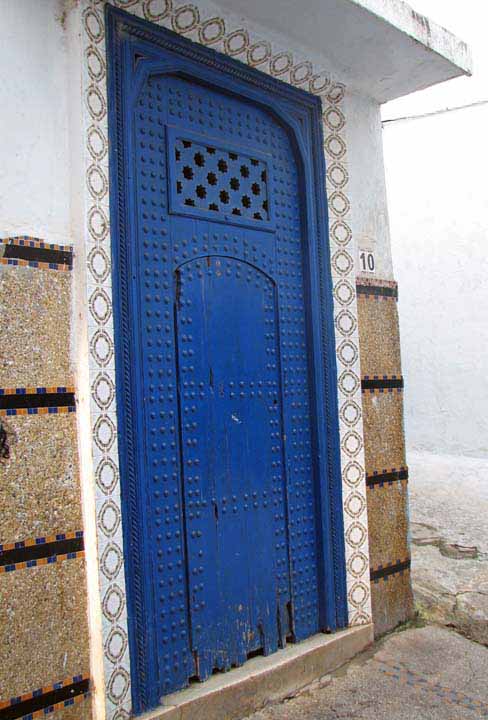
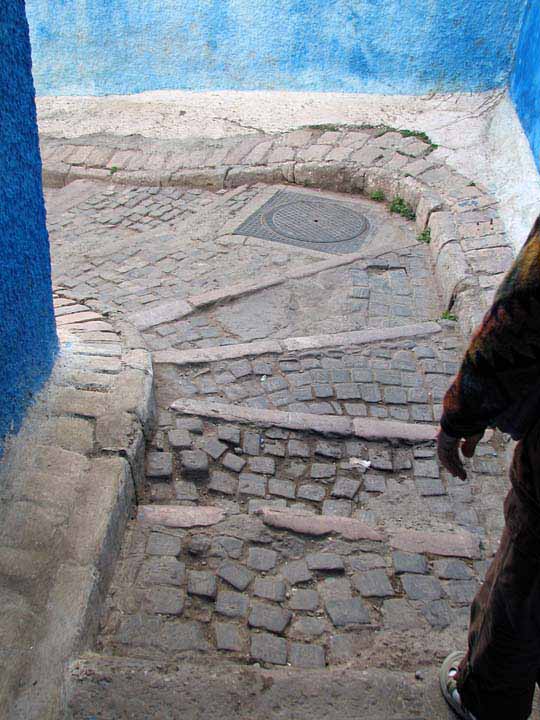
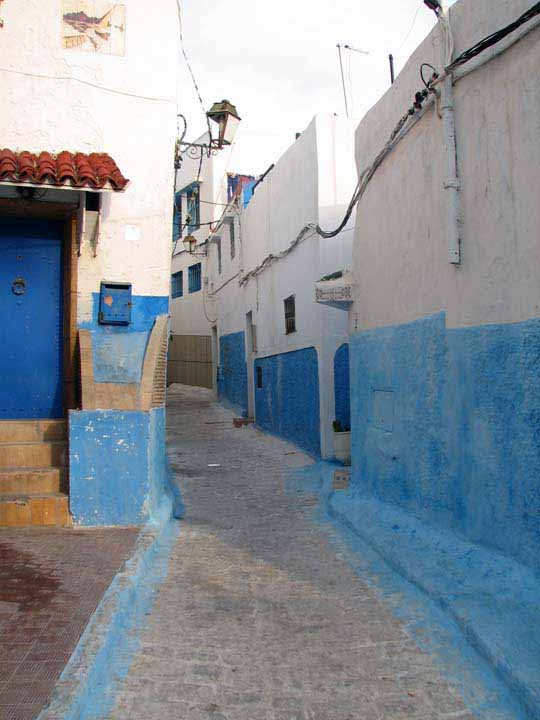
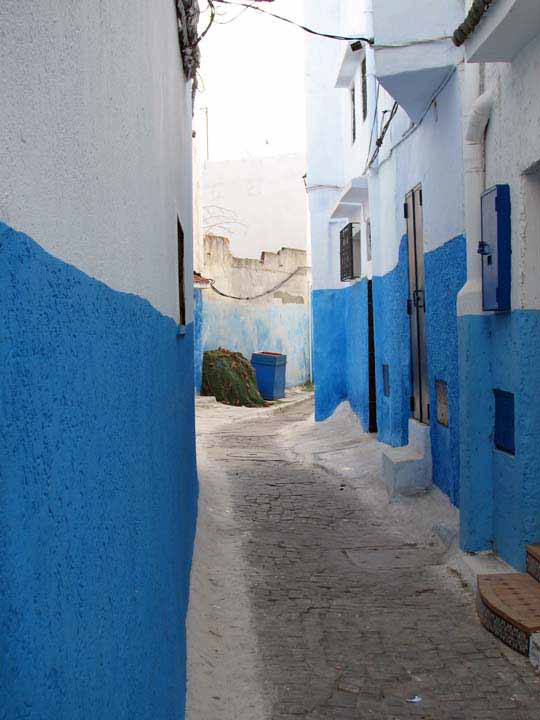
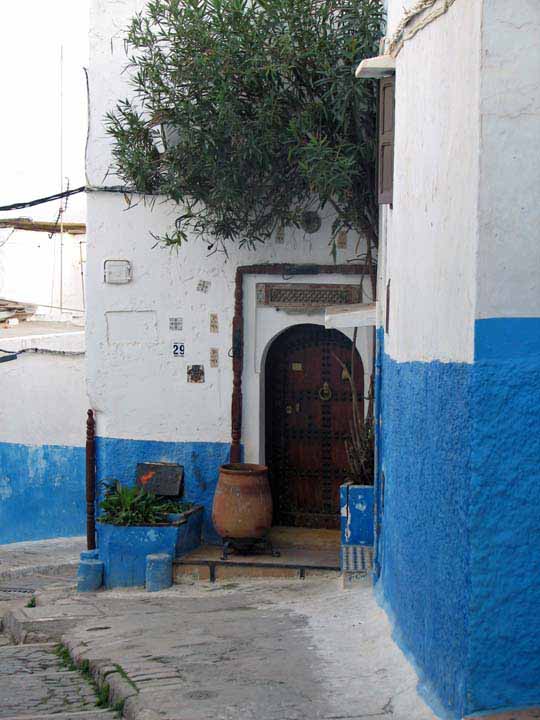
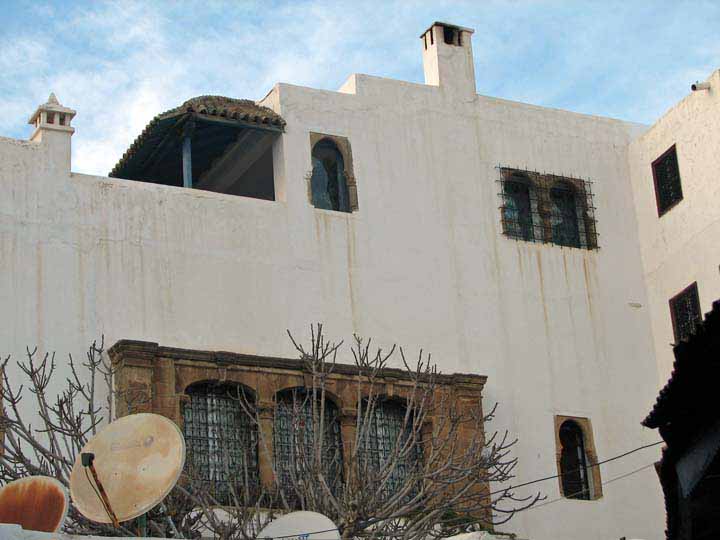
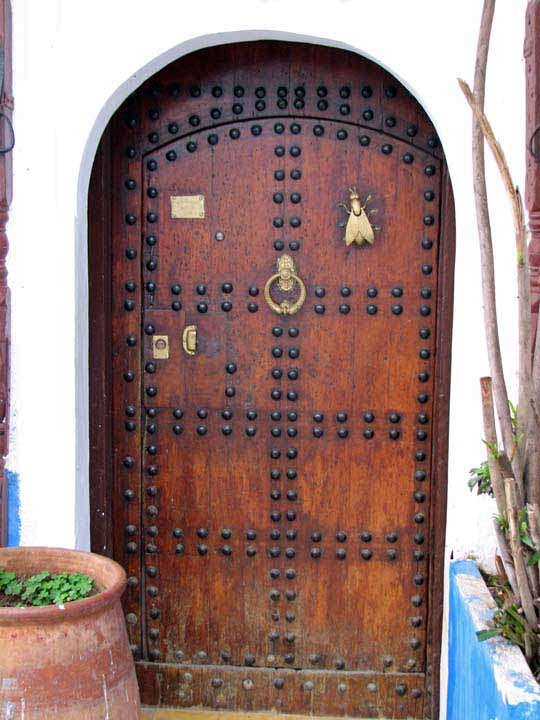
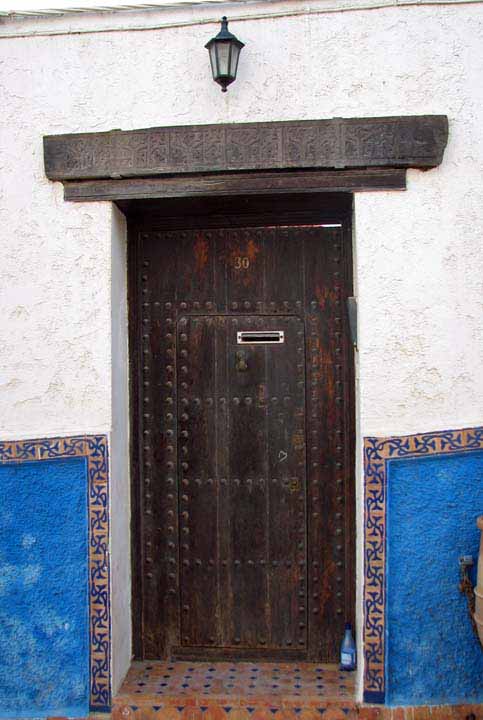
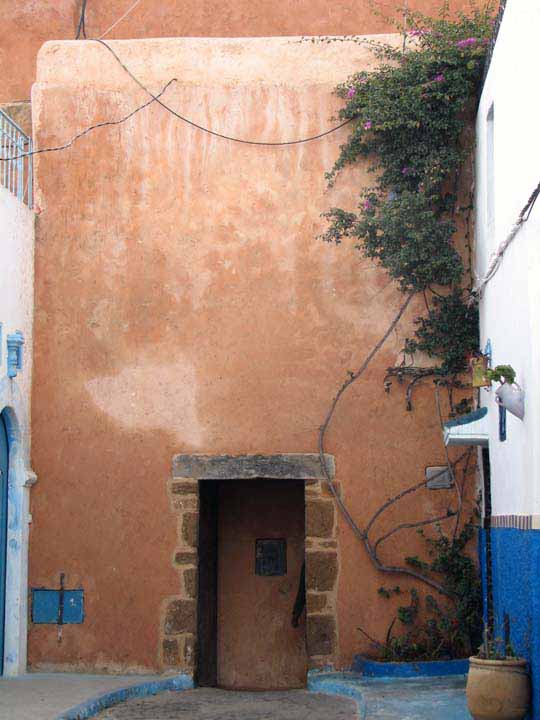
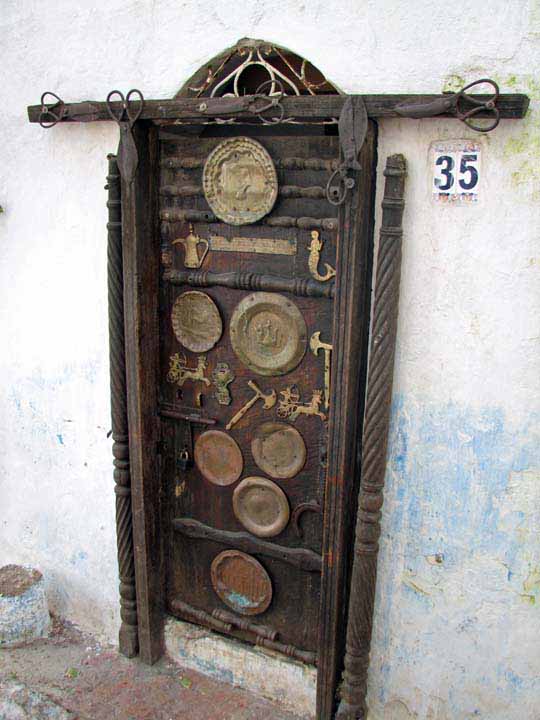
But Hassan seems to know his way very well - - it seems we take so much time with looking
and taking photographs, he becomes a bit restless.
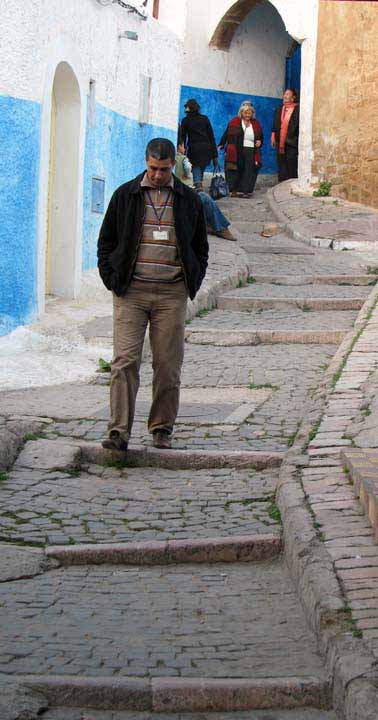
But
he leads us out of a side street to a outdoor cafe
in the built right into the medina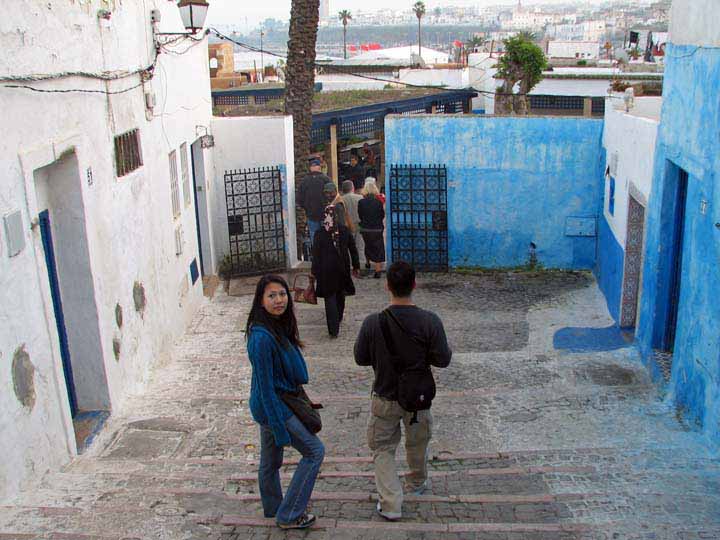
Folks gather here for tea and sweets
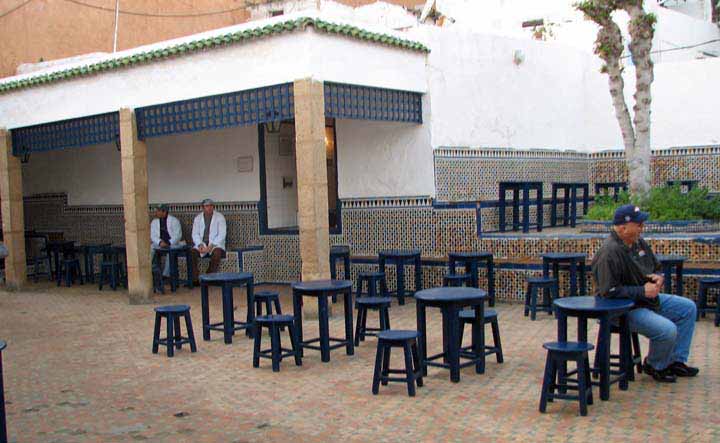
A waiter brings hot tea and sweets - the cat cannot be bothered
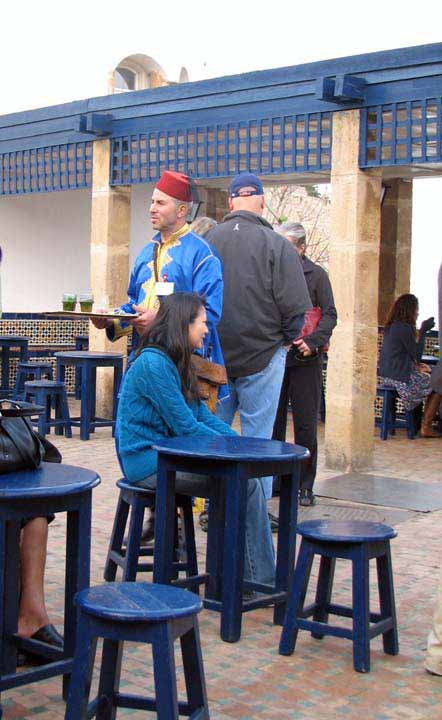
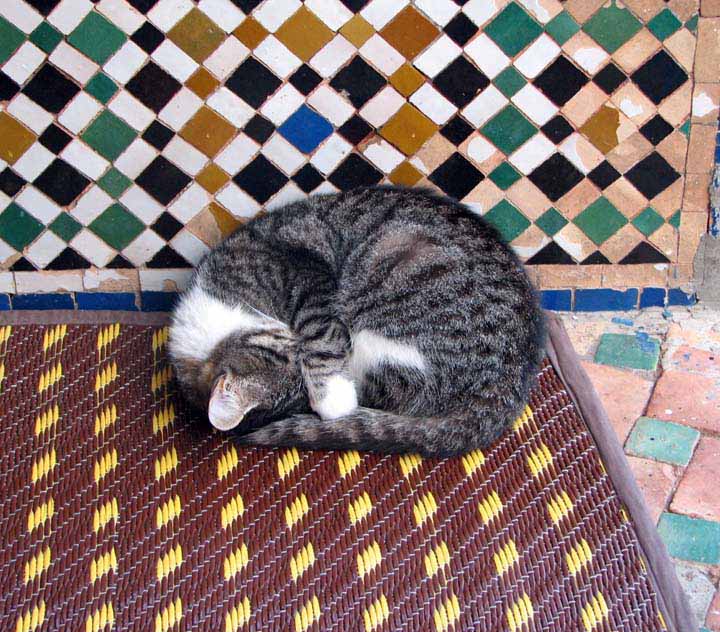
The cafe overlooks the river, emptying into the Atlantic
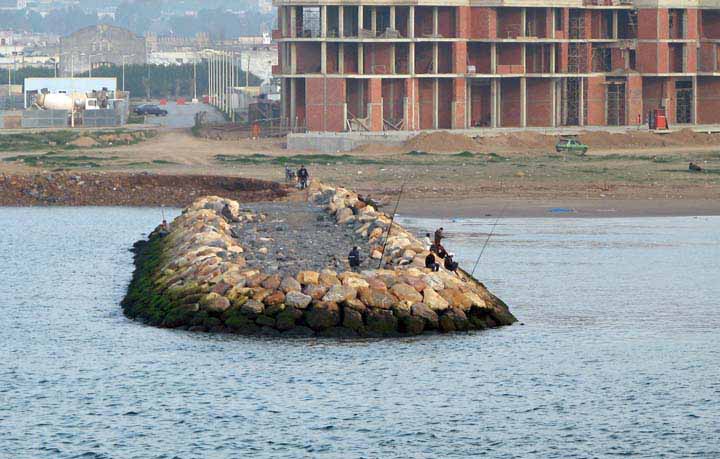 Fishing
out on the river
Fishing
out on the river
The river empties into the ocean
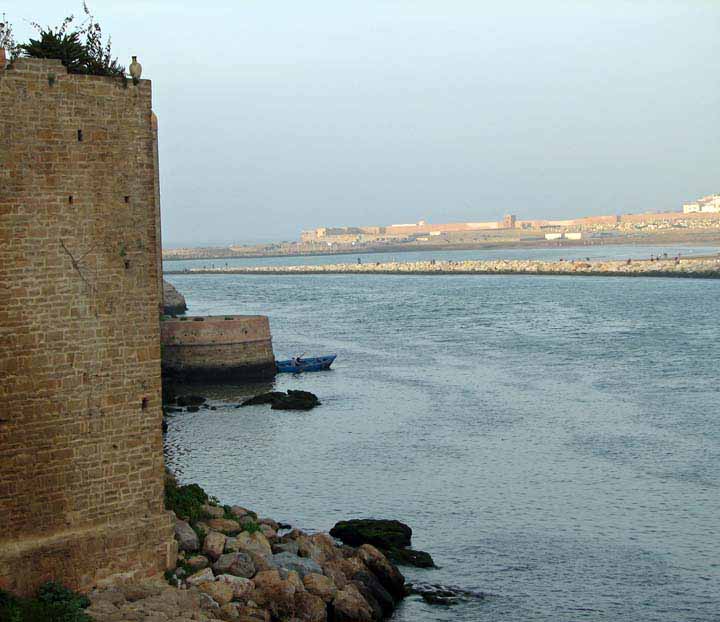
Not only fishing in the row boats - these lovers cuddled the entire time we were here below the medina walls
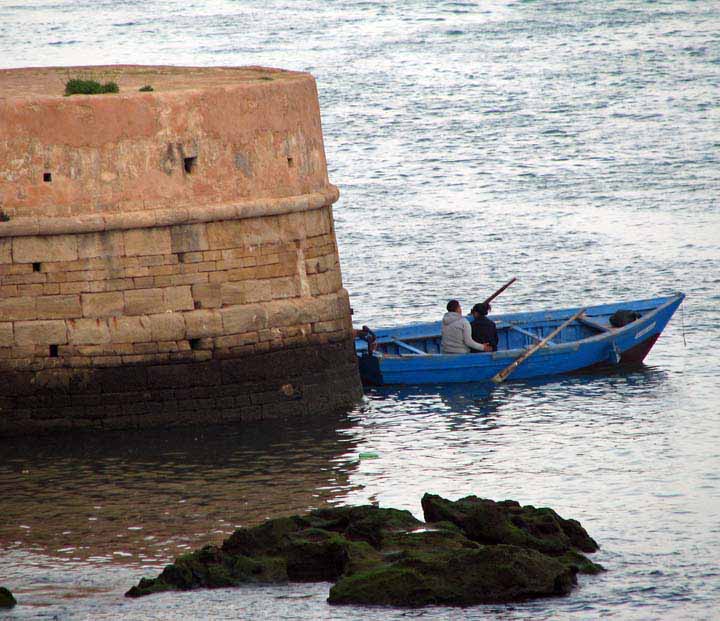
Homes built on the medina, next to the narrow street - these beside and above the cafe
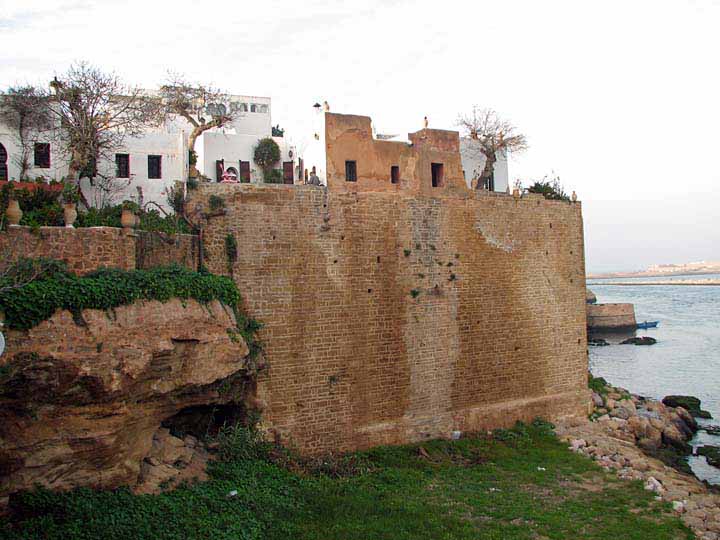
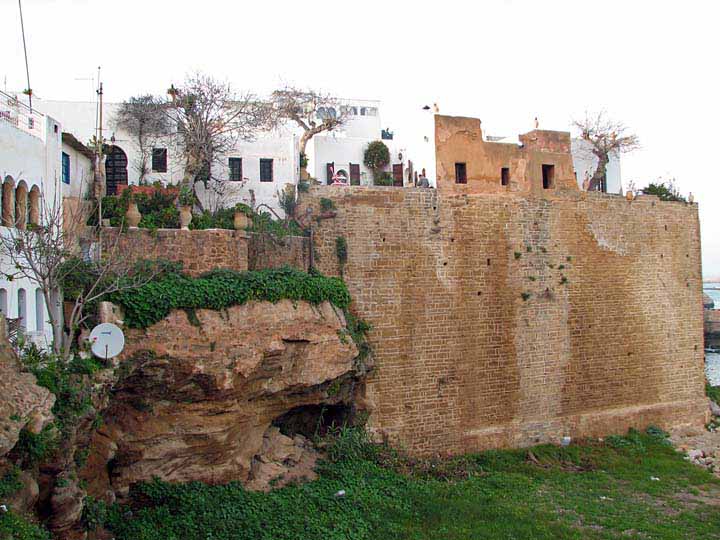
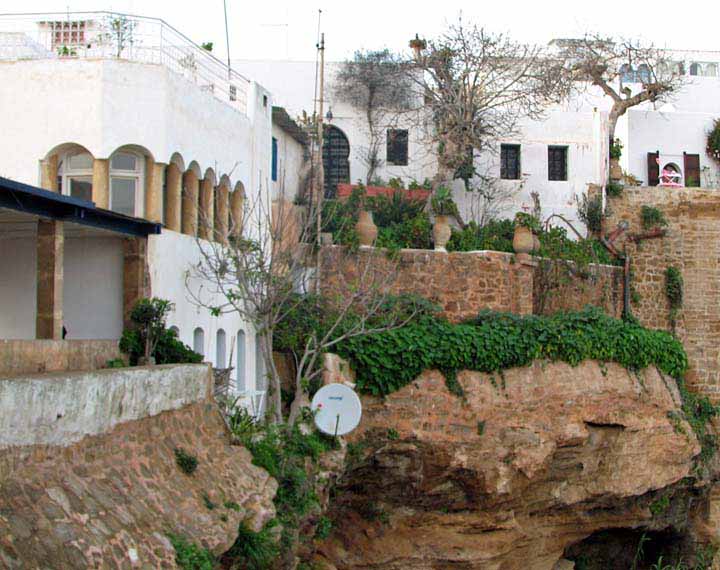
My attempts at some "art shots" of old abandoned row boats
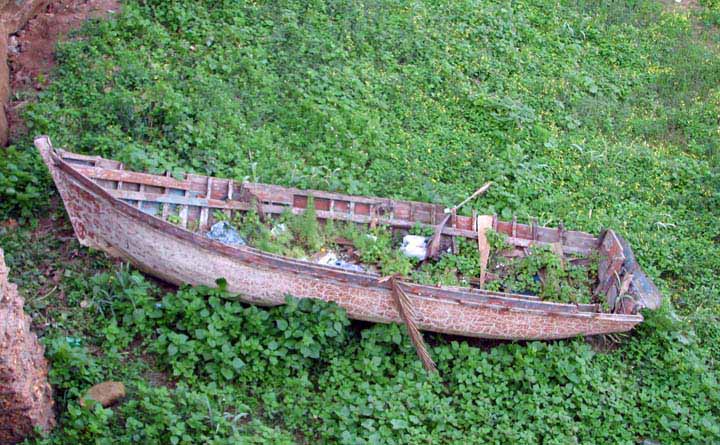
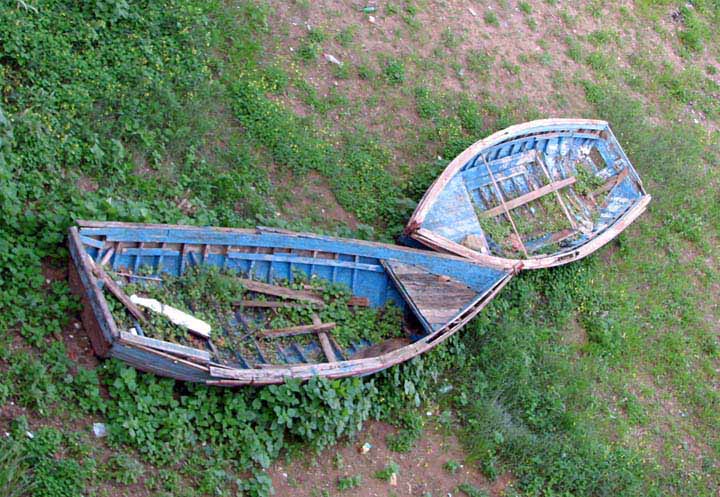
A side door from the cafe leads to a walled garden
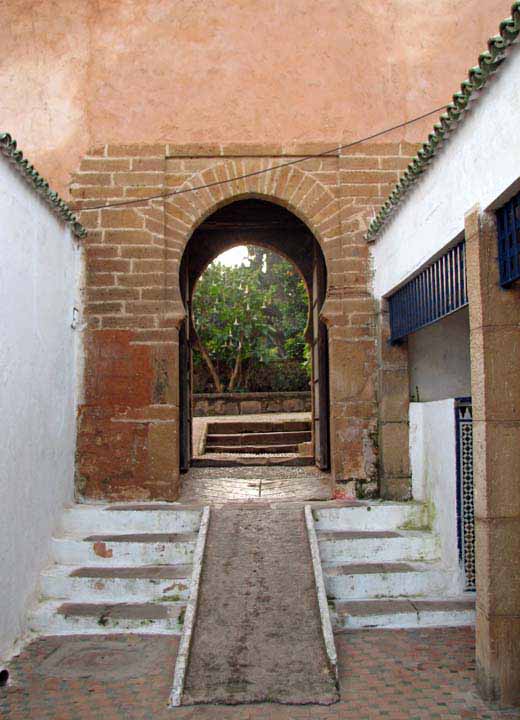
Looking back in from the garden
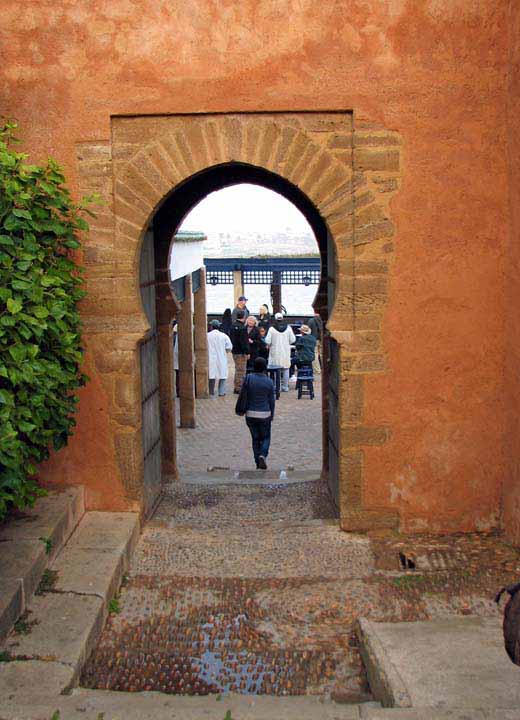
The walkway has designs made from river rocks
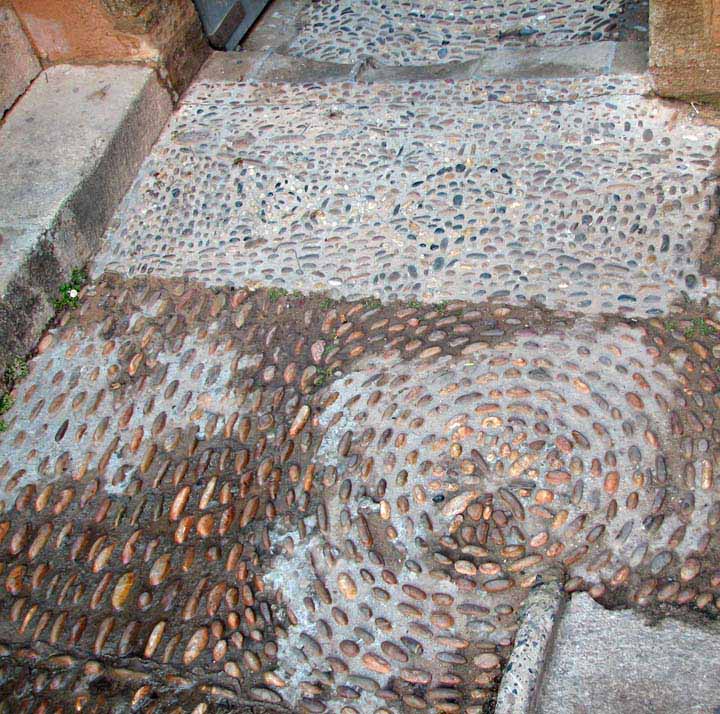
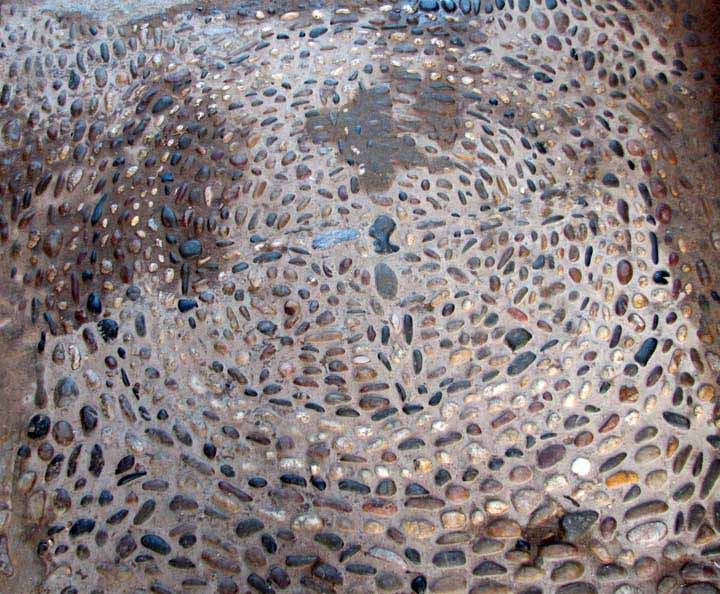
The garden is hidden, cool, filled with flowers and fruit trees.
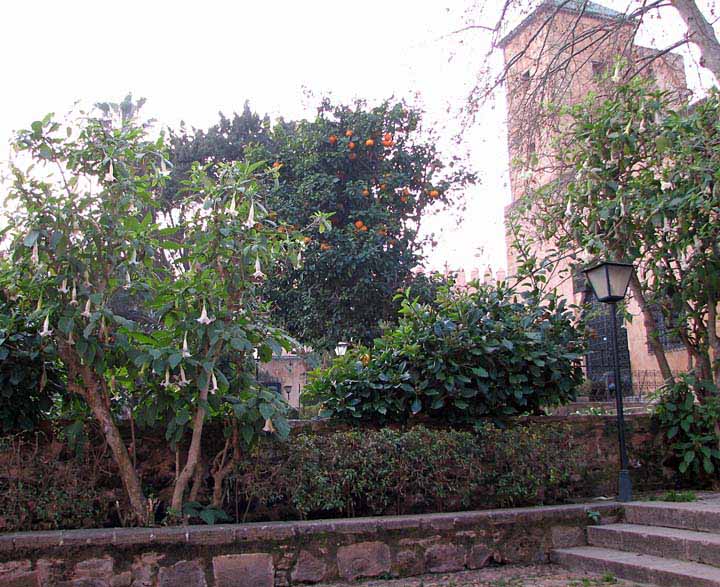
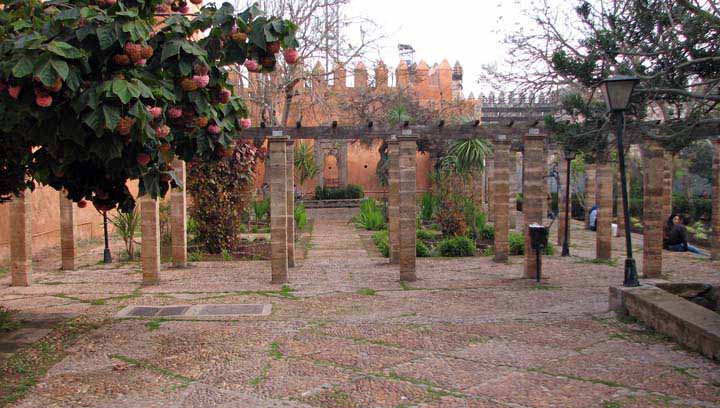
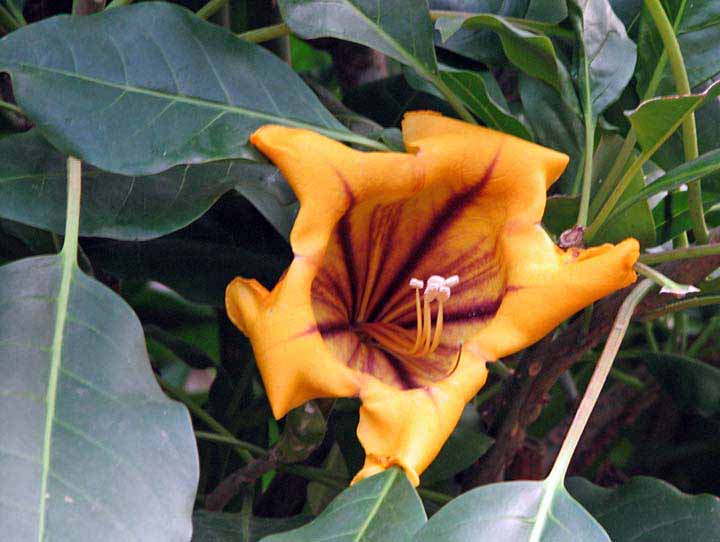
And there are more cats along with the flowers.
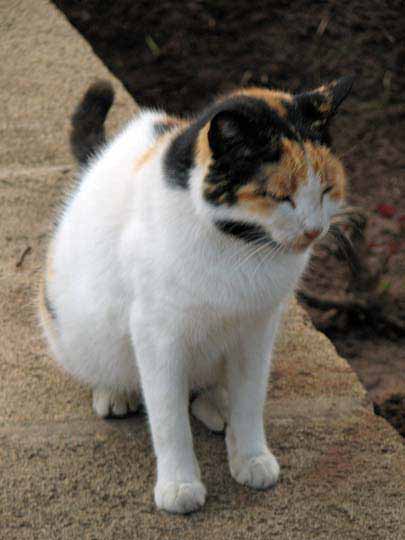
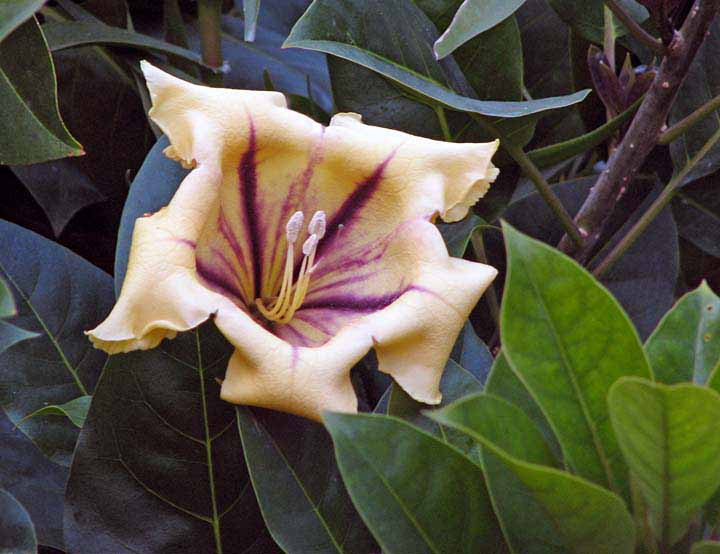
Up a few steps from the garden is the cafe's old water pump and the beautiful iron gates
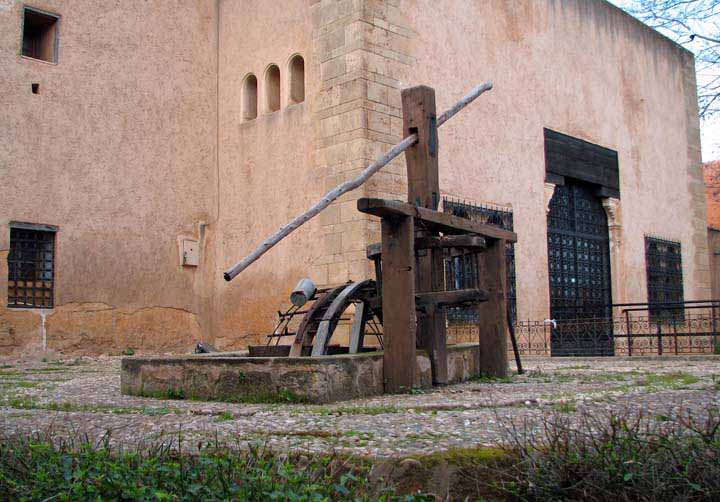
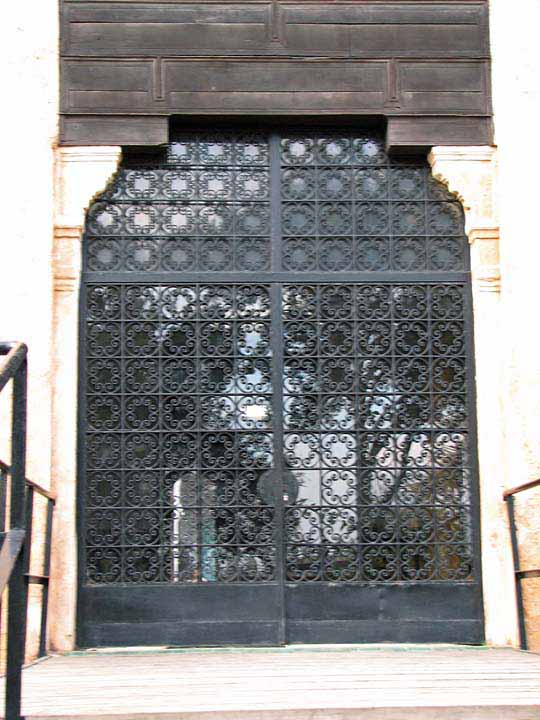
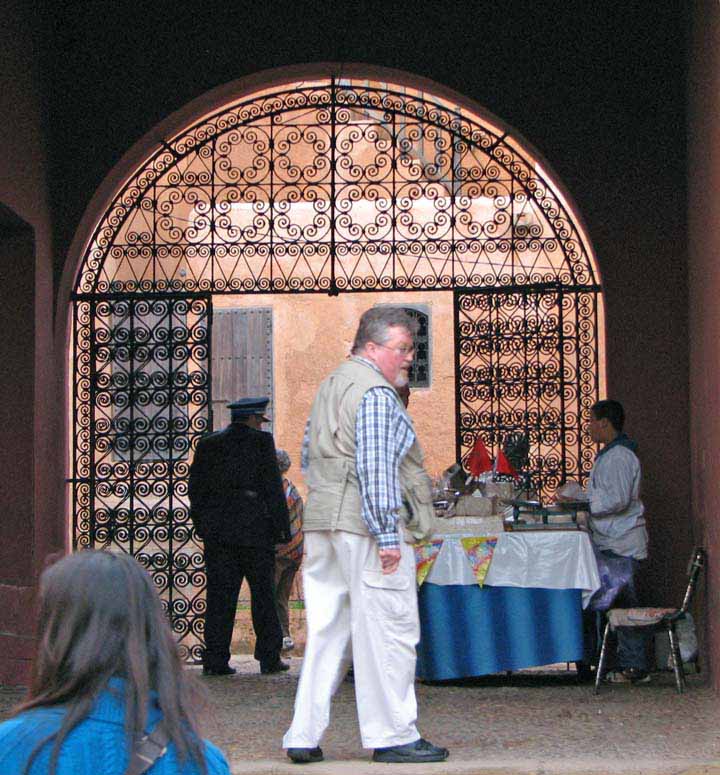
Down the street in the medina we find more beautiful painted doors
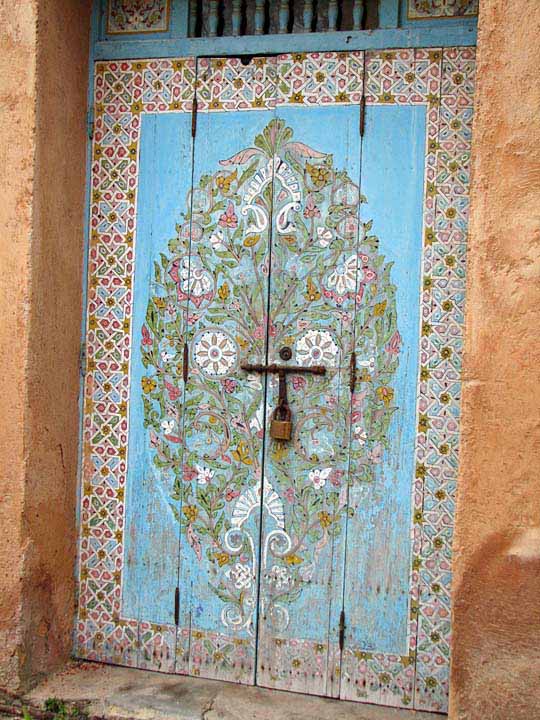
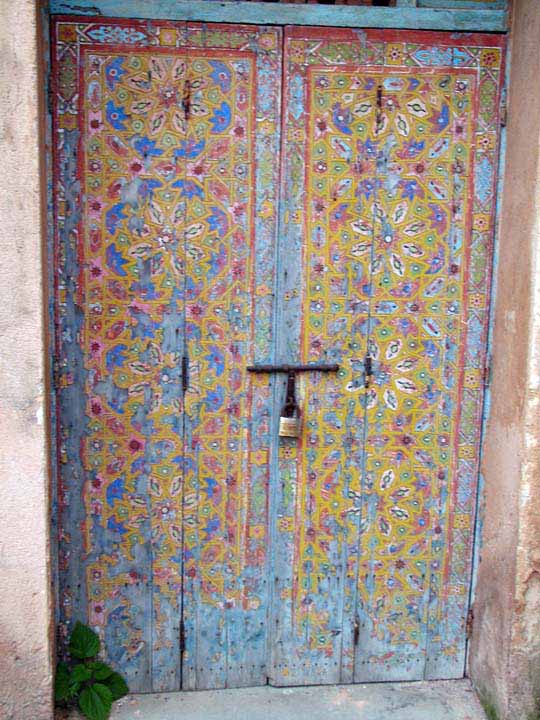
We have no idea why this cannon is here or what it represents
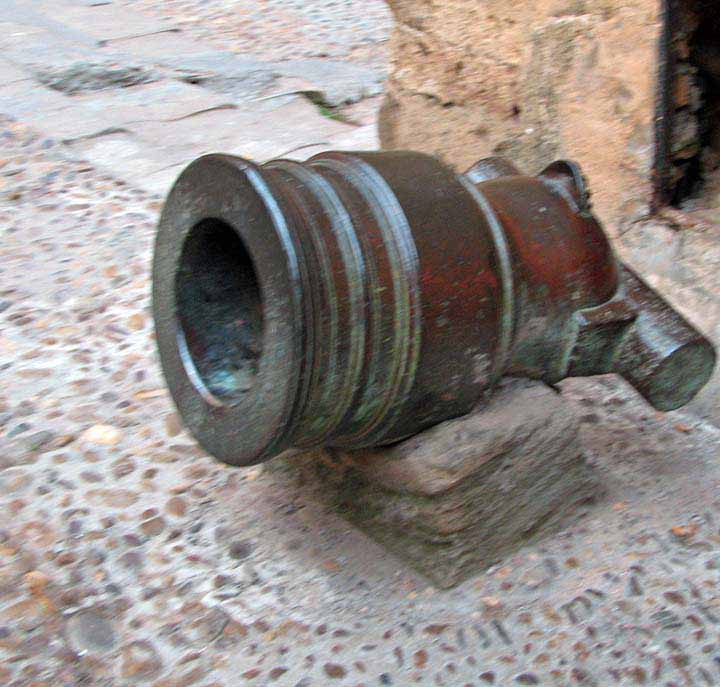
And out the gate to the street
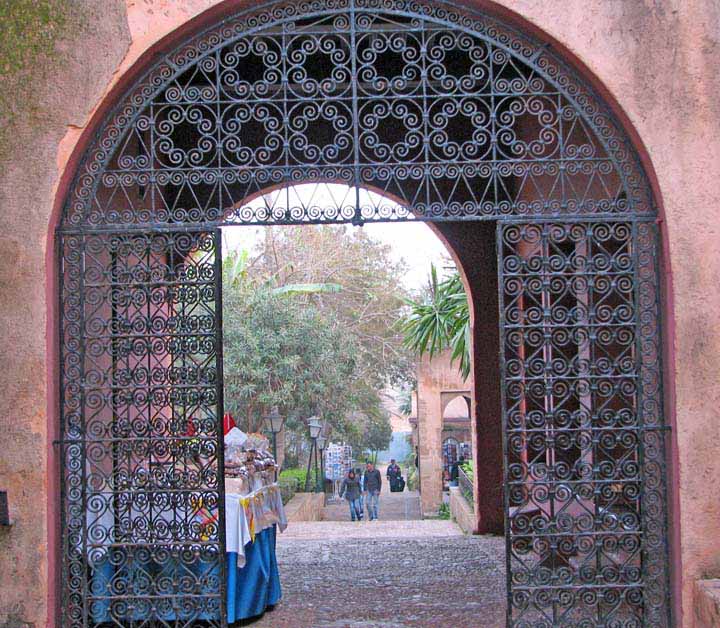
This exceptionally tall palm greets you as you go to the walkway out side the casbah
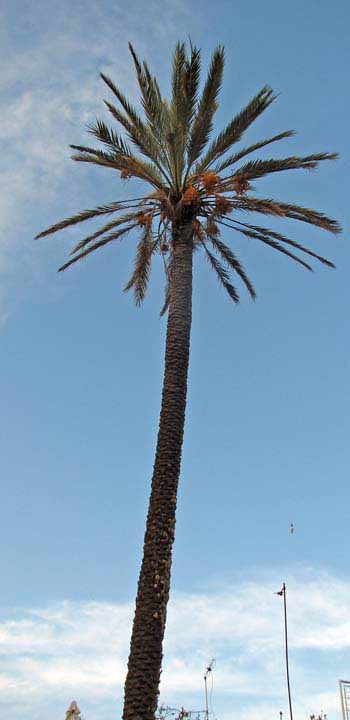
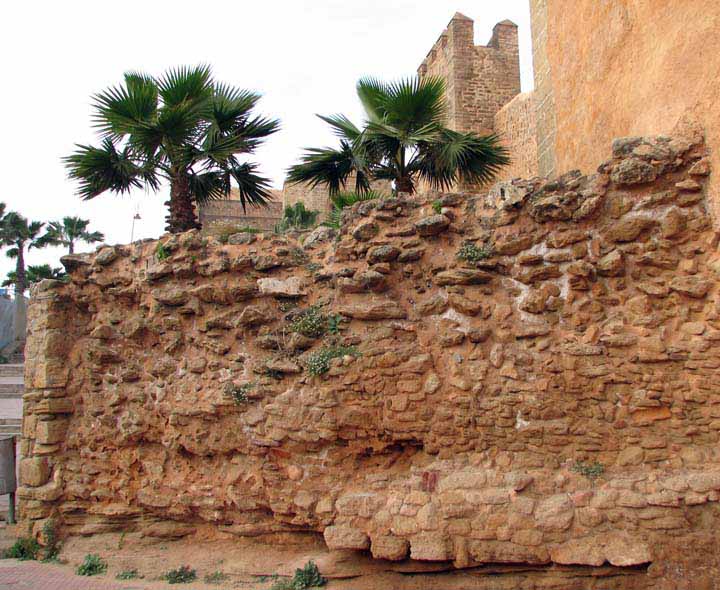
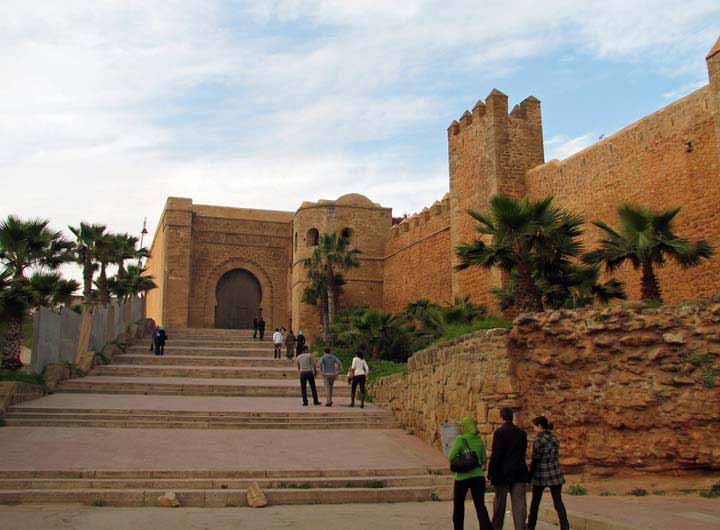
As we ride thru Rabat, we see some exceptional homes and businesses - and balconies
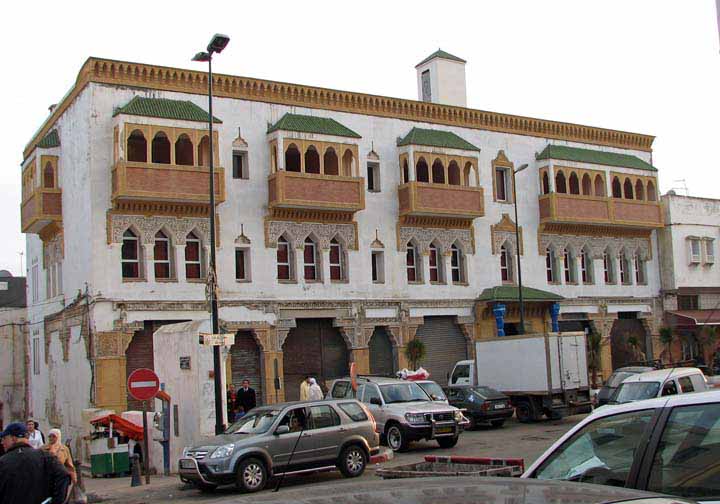
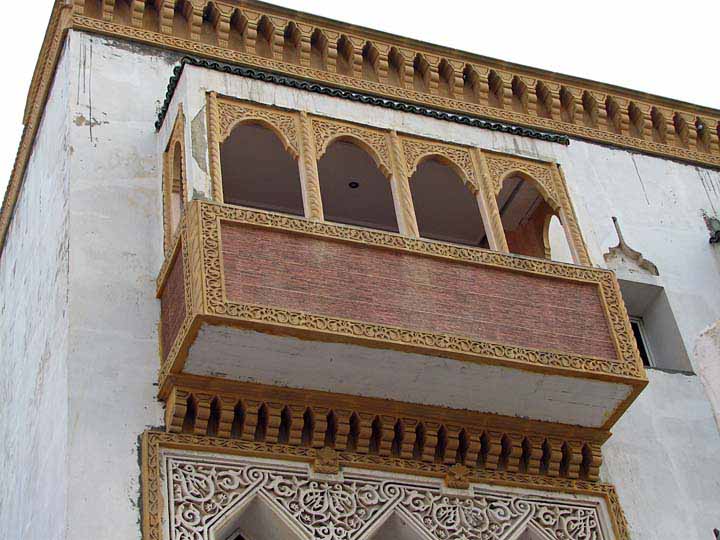
We walk the medina and the crowed streets - Hassan tells us this tiny souk is all Rabat has to offer. We're to remember this as we go to Fez and Marrakech
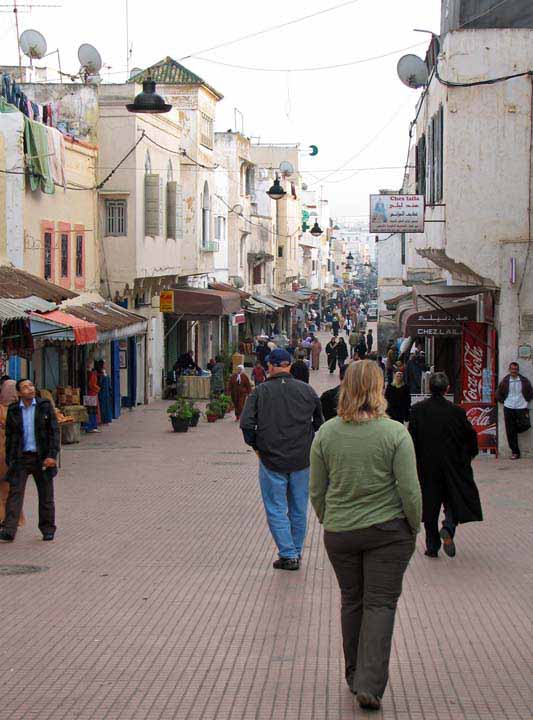
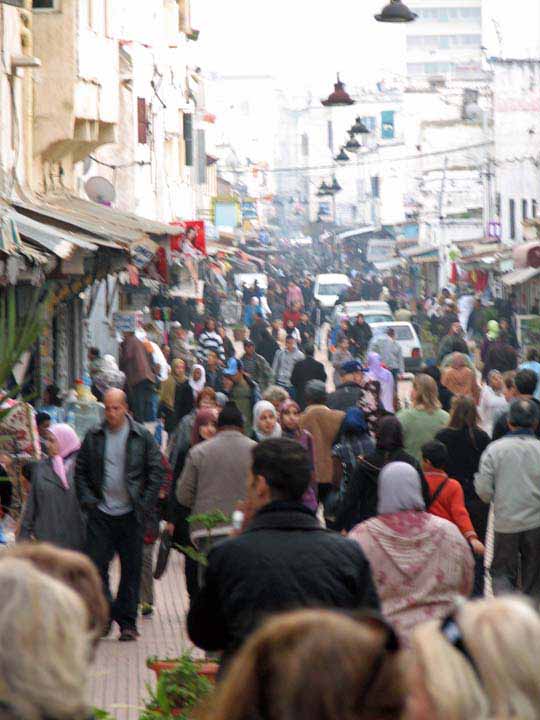
We leave the Rabat medina through huge casbah gates
The Kasbah Oudayas is a small fortified area located in Rabat. It was originally a fortress built by the Almoavids in the fight against the tribes Bourghouata. . It becomes important with the Almohad that make Rabat overlooking the river mouth Bouregreg they call Mehdiva.
The
site was abandoned after the Almohad and the arrival of the Moors. The
kasbah is restored and strengthened. The Alawite dynasty began to turn work for
the site between 1757 and 1789 and between 1790 and 1792. This whole site is
visible through the monuments that make up the Kasbah Oudayas Almohade such as
the famous and monumental gate, one of the emblems of Almohad architecture,
Jamaa el Atiq Mosque, the Alawite forum, the princely house erected on the west
and the military work of Borj Scala.
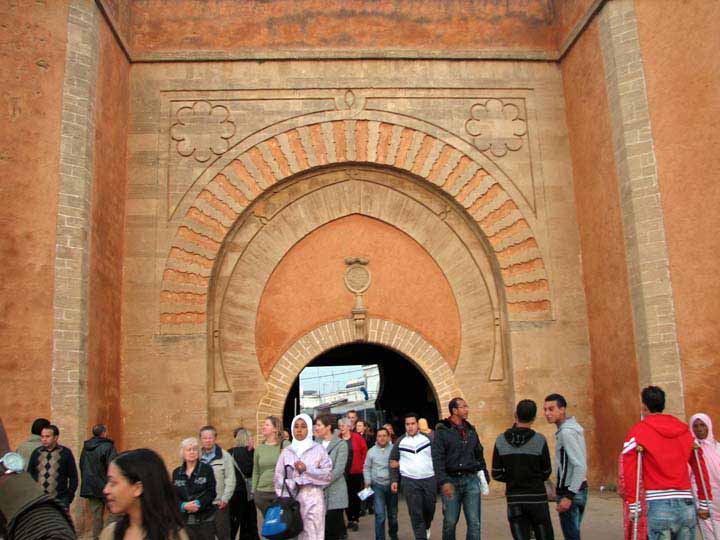
The Rabat casbah provides a place to meet, enter and leave the medina, rest and simply enjoy the view.
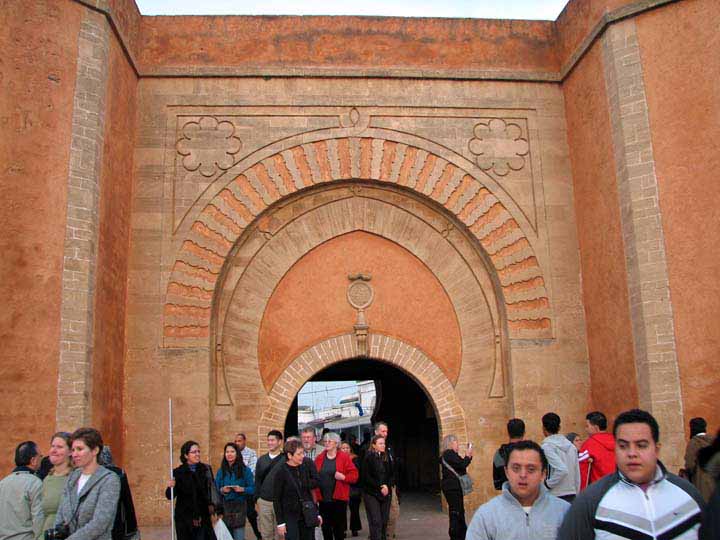
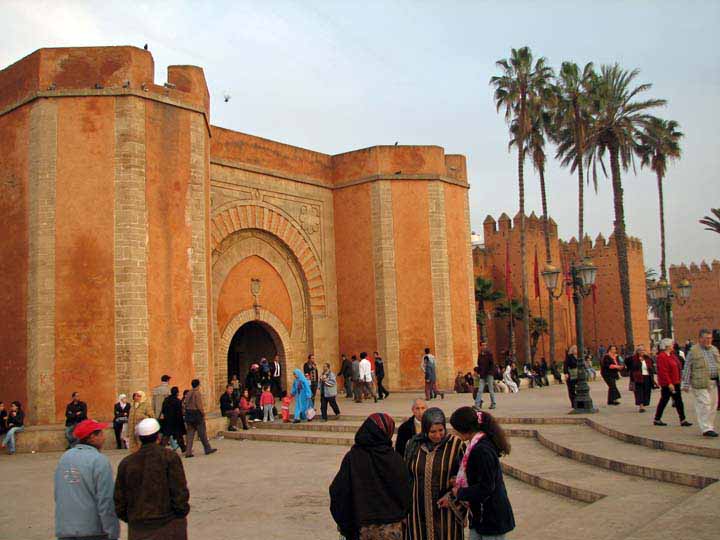
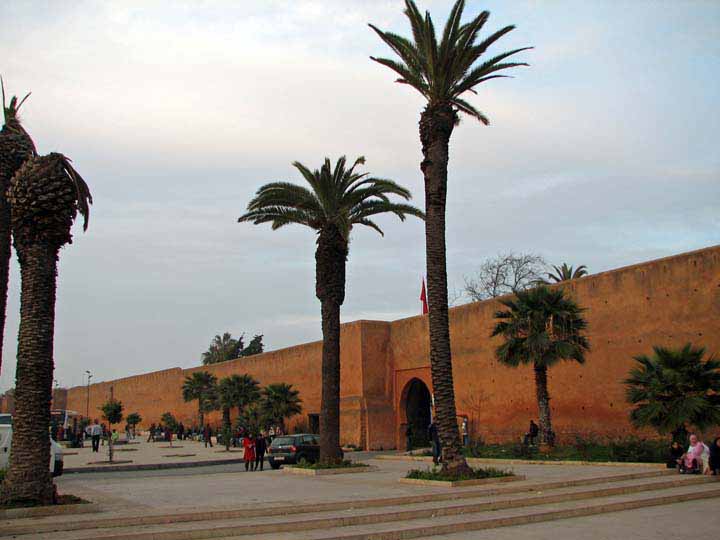
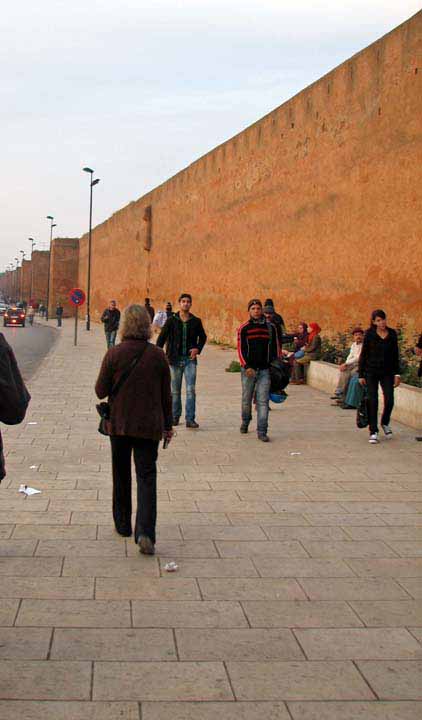
And we hop on the but and get prepared to go to Volubilis
Here are some of the county-side scenes we pass.
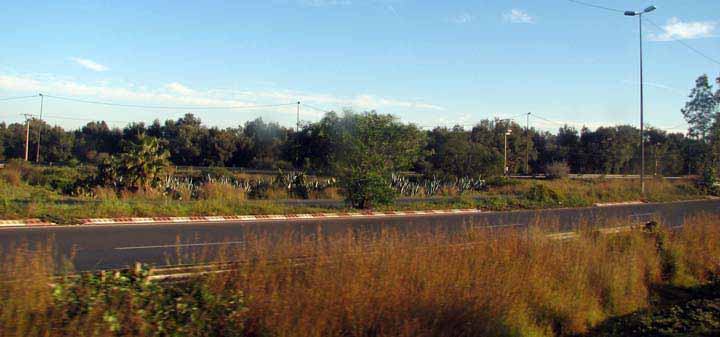
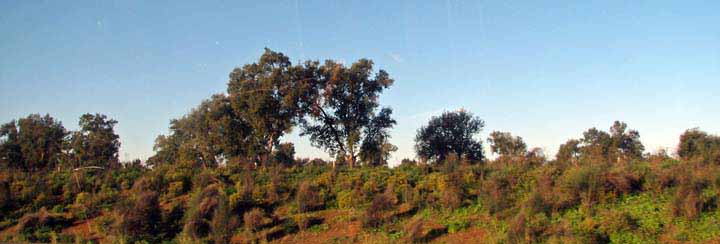
We pass a huge government owned area filled with cork trees. Although the trees were expected to be undisturbed, as the cork is only harvested every ten years, some had been "sampled". This may have been done by officials to determine growth and health and such, but others might have been harvested by thieves. The cork is only harvested from the first tem feet of the trunk of the tree.
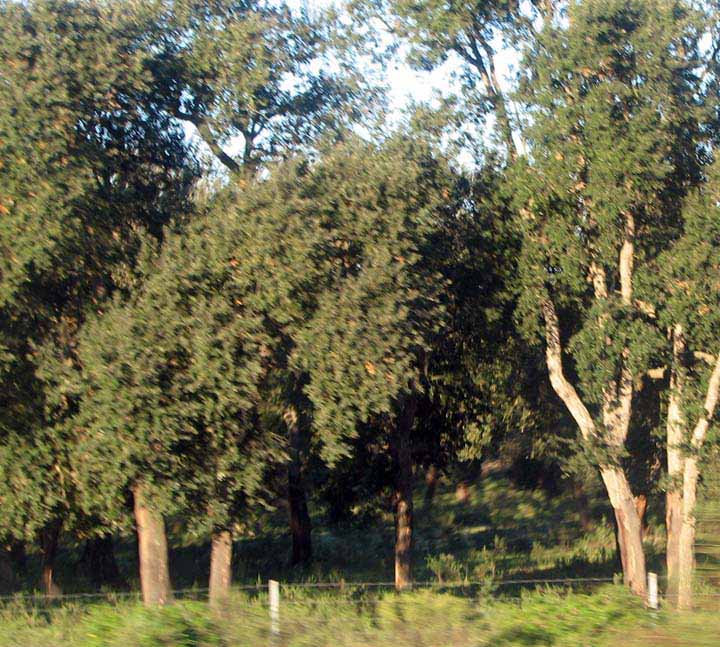
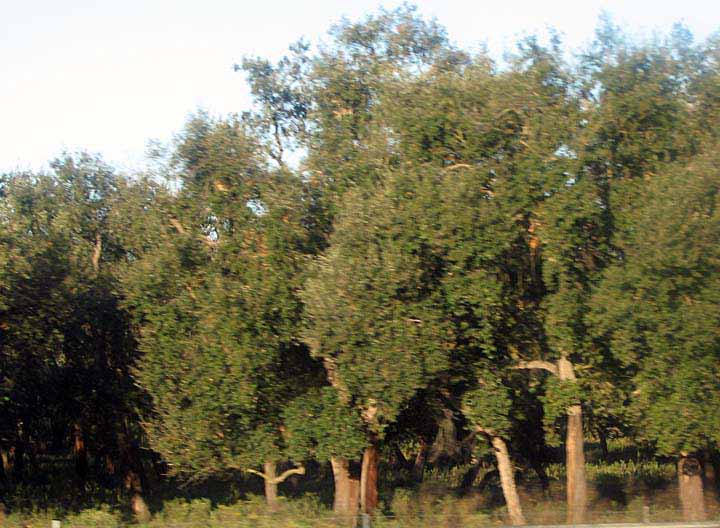
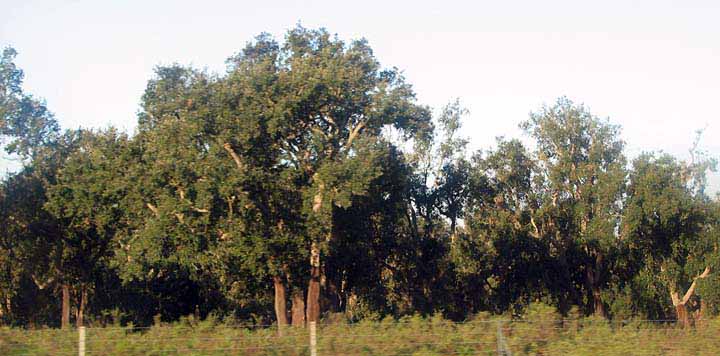
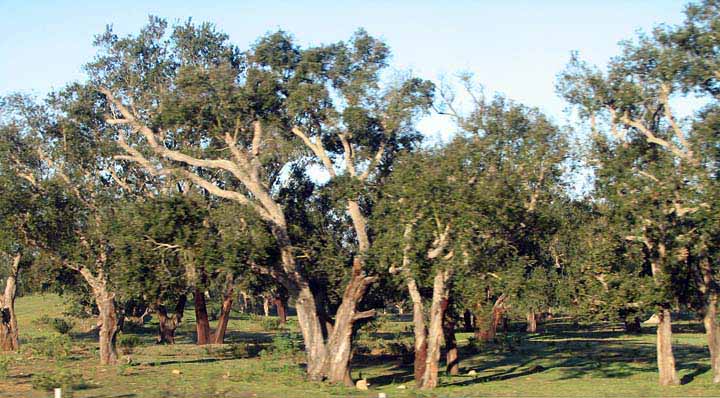
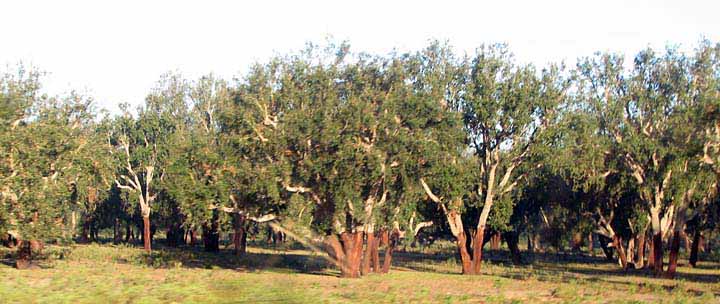
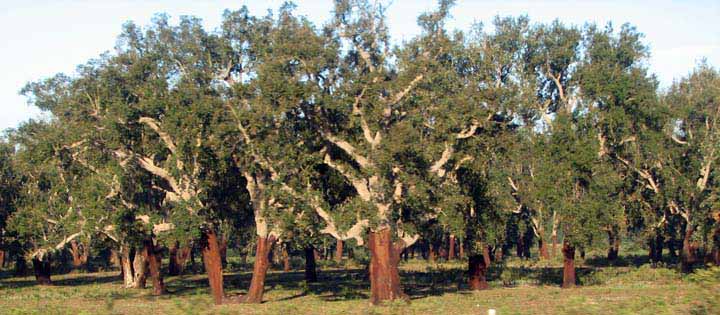
We also pass through smaller towns, each seems to have beautify squares
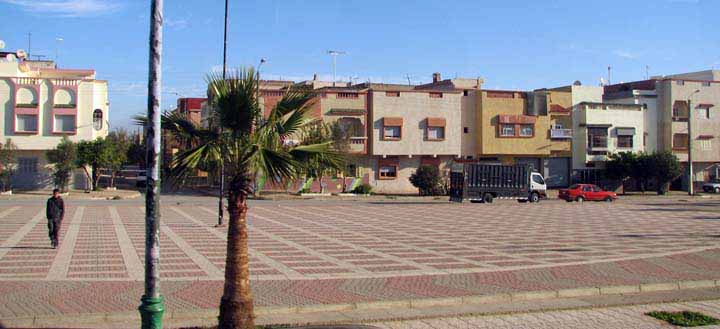
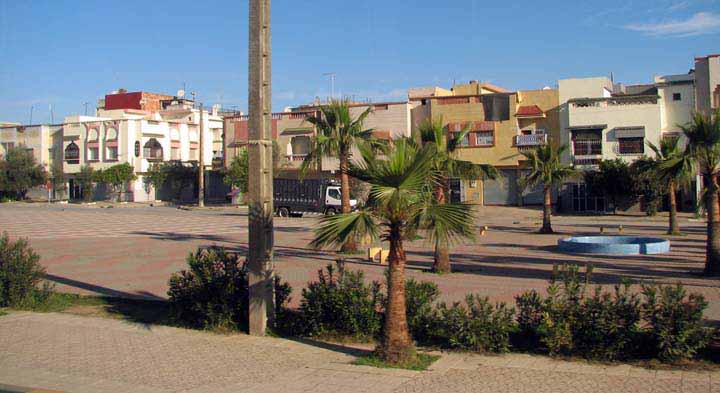
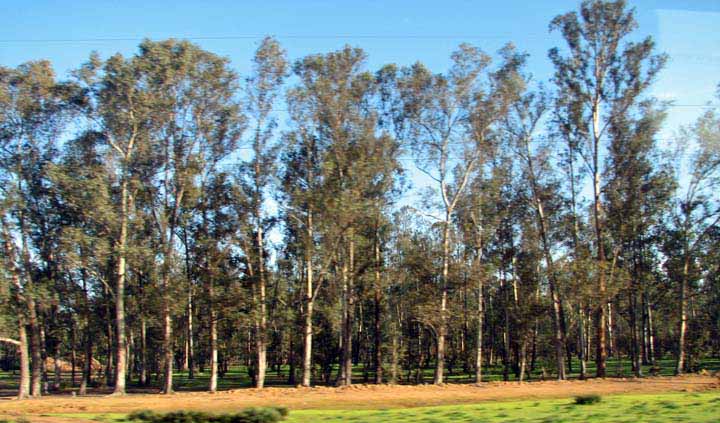
As seen in many African countries, eucalyptus trees are being grown for both building and fuel
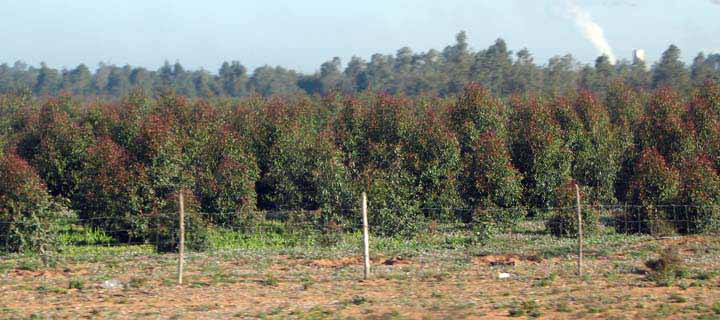
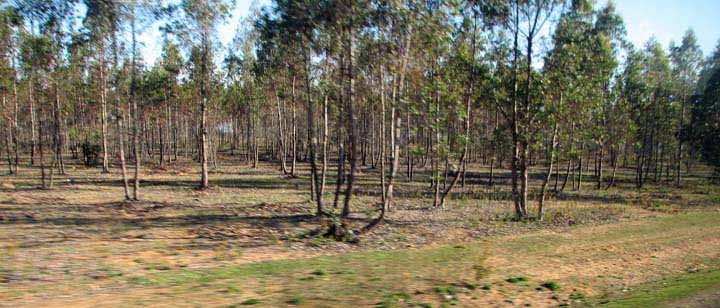
What follows are pictures taken as we passed towns and country
New apartments are being built everywhere
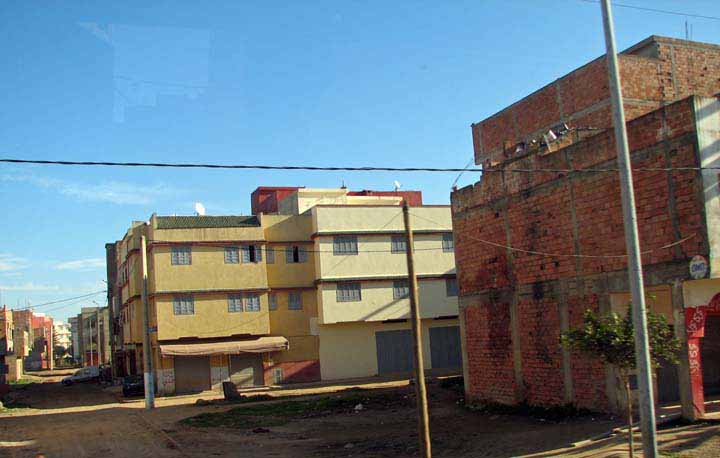
New water towers. Access to water never seemed to be a problem
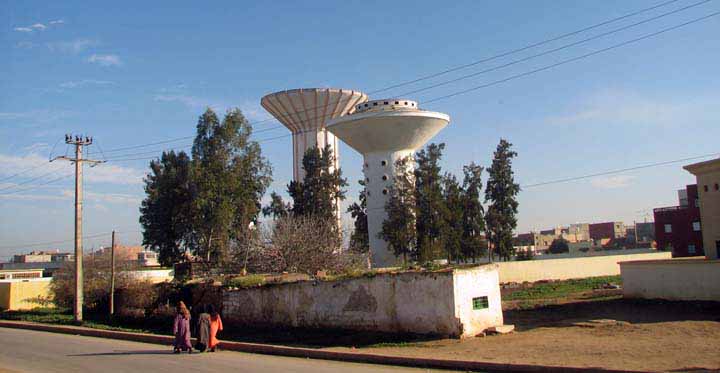
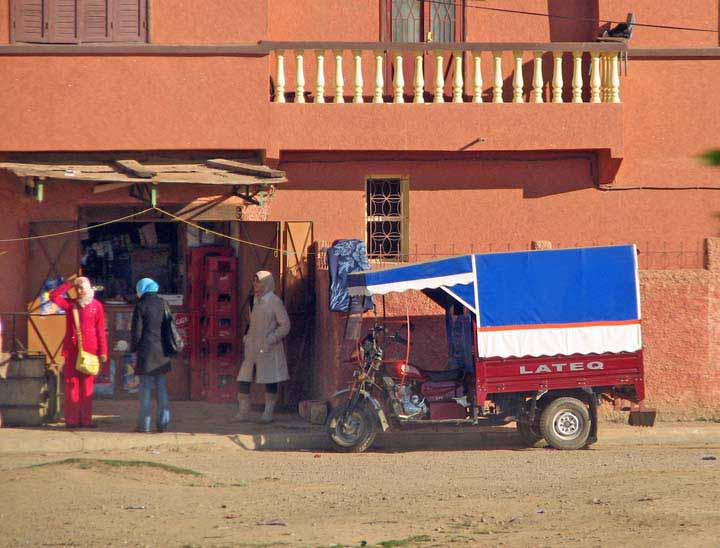
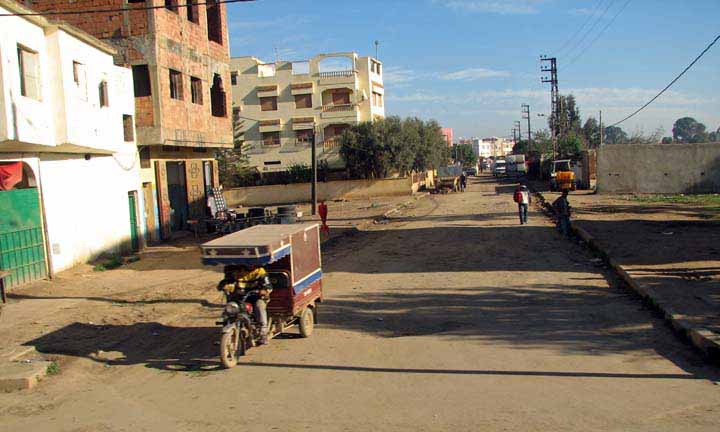
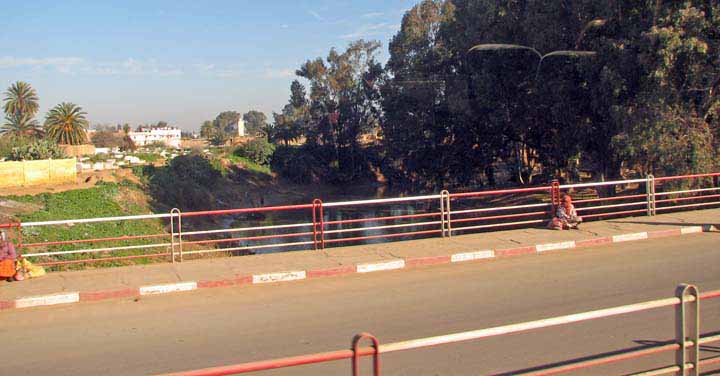
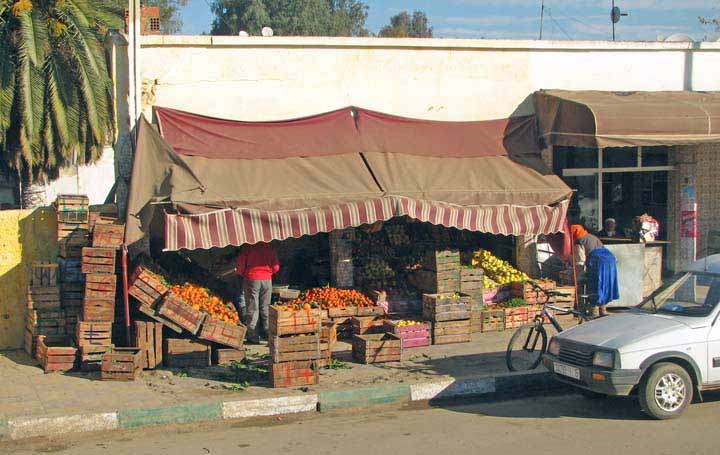
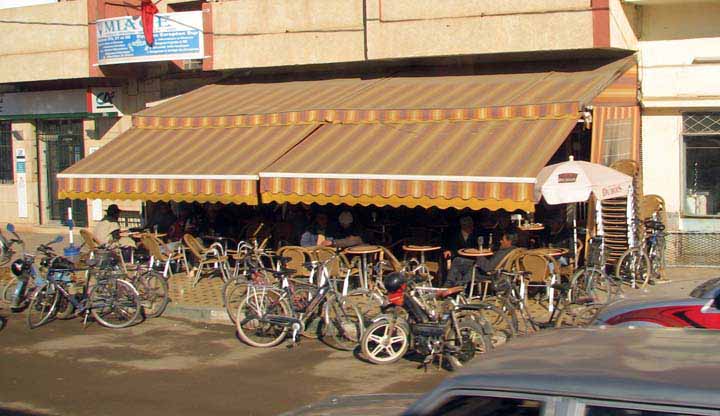
Strangely - ALL cities and towns have these orange trees planted. Almost all were full of fruit. We asked about the oranges and Hassan told us they are never eaten. They are only picked to use to shine brass and copper
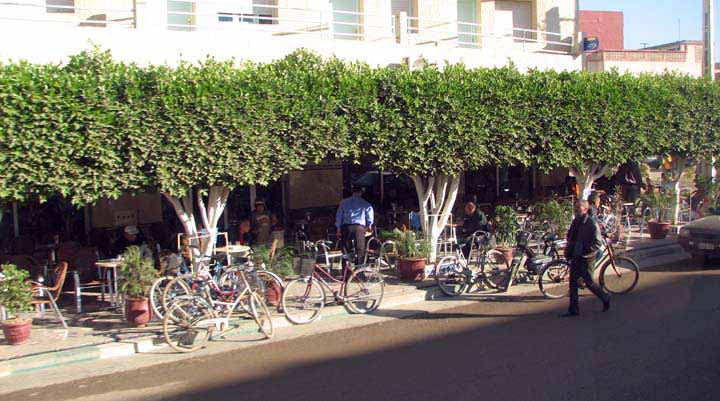
More new apartments
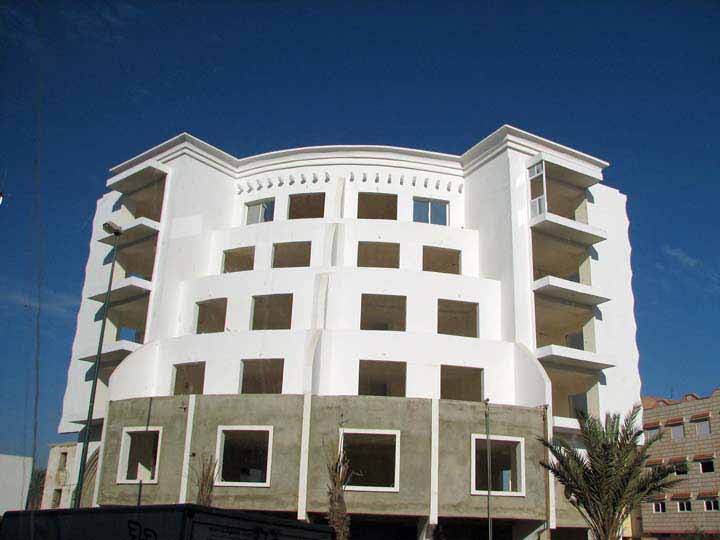

Off to Volubilis
~ ~ ~ ~ ~ ~ ~ ~ ~ ~ ~ ~ ~ ~ ~ ~ ~ ~ ~ ~ ~ ~ ~ ~ ~ ~ ~ ~ ~ ~ ~ ~ ~ ~ ~ ~